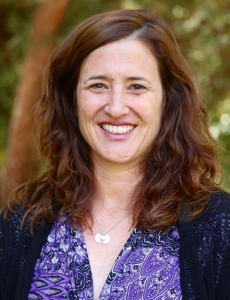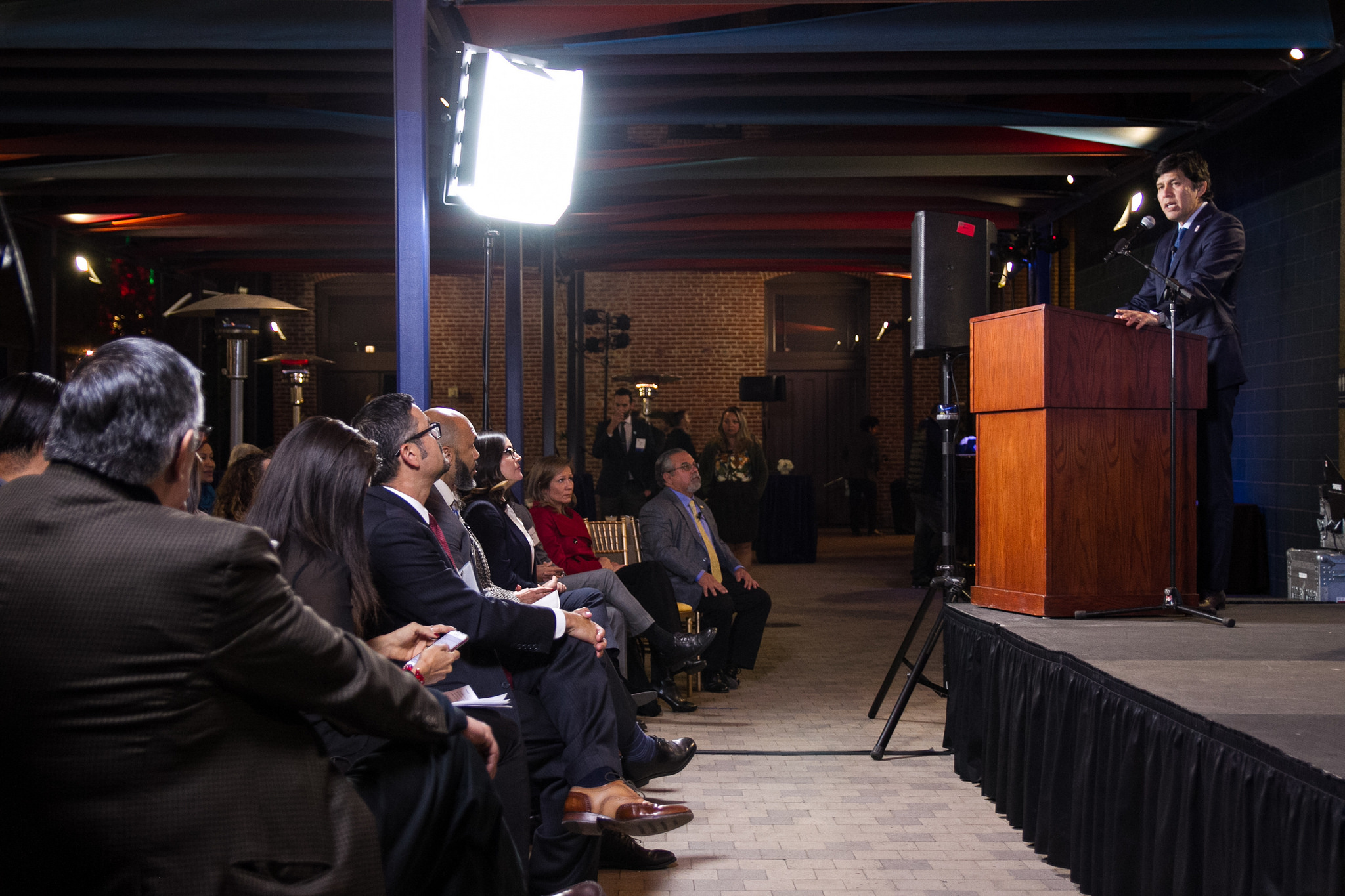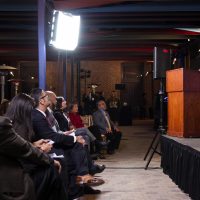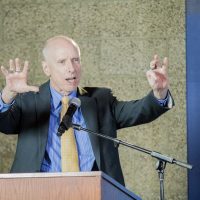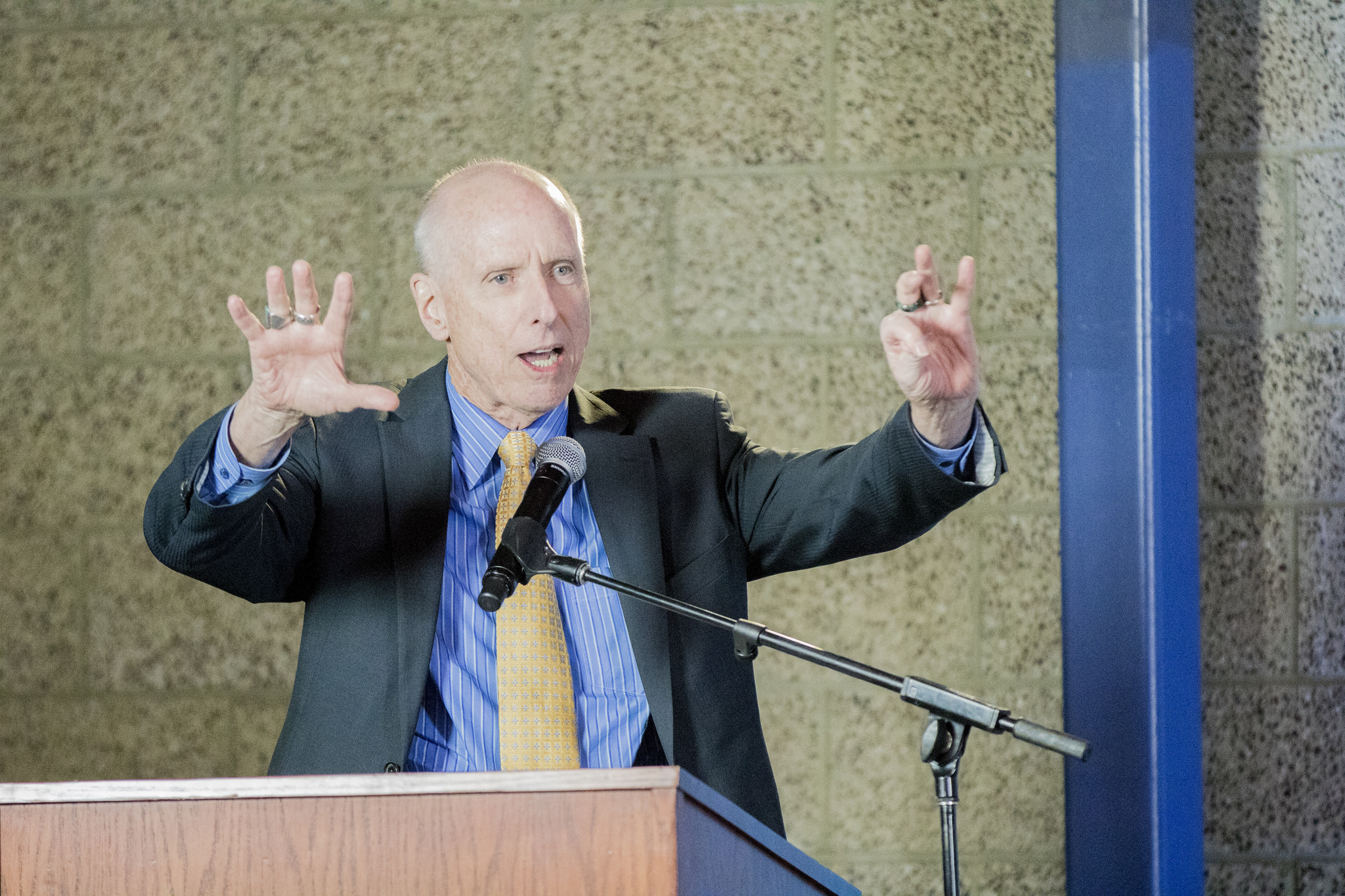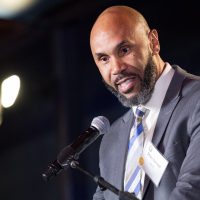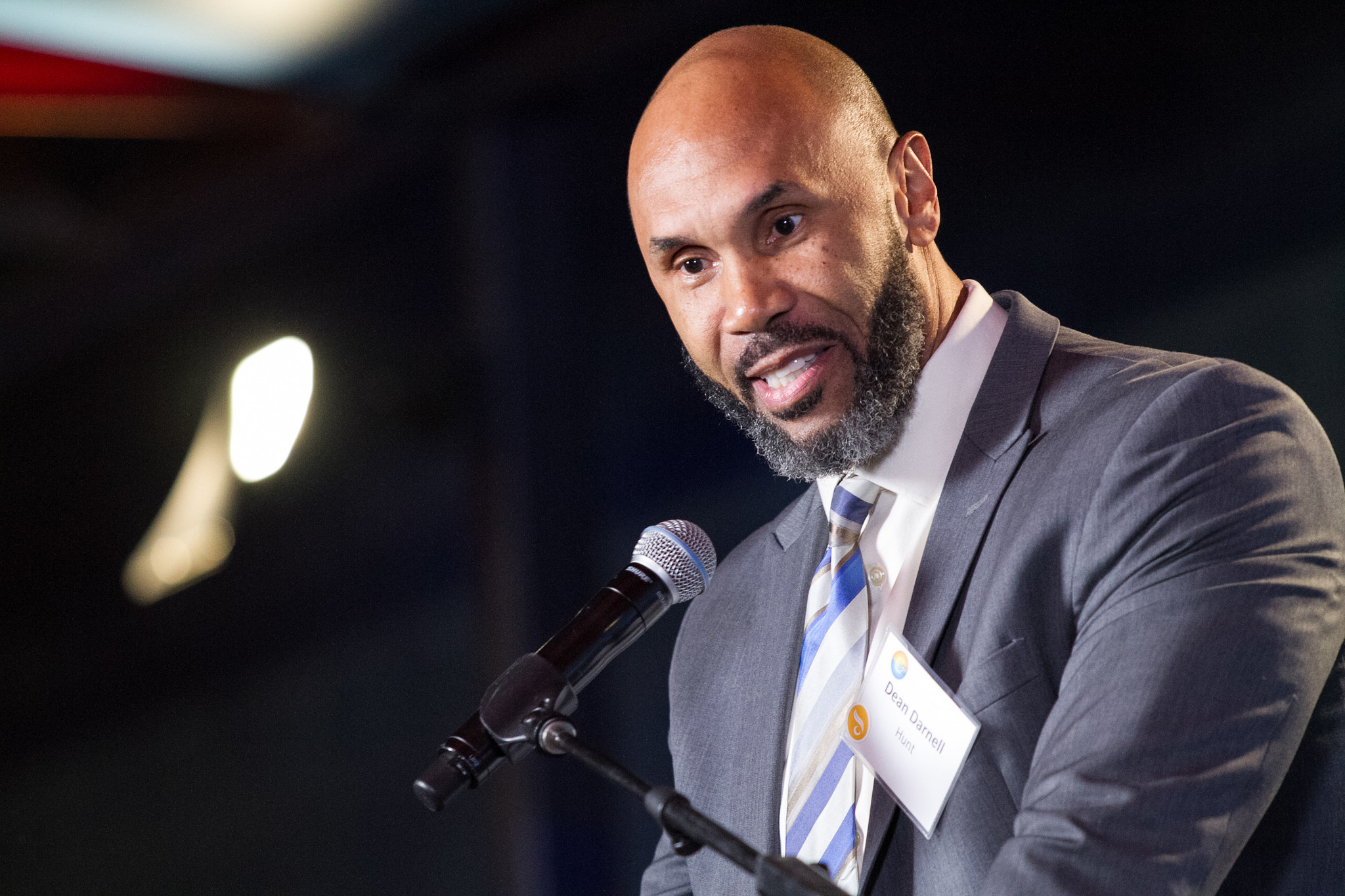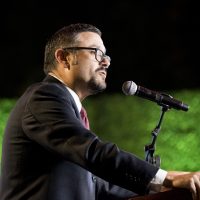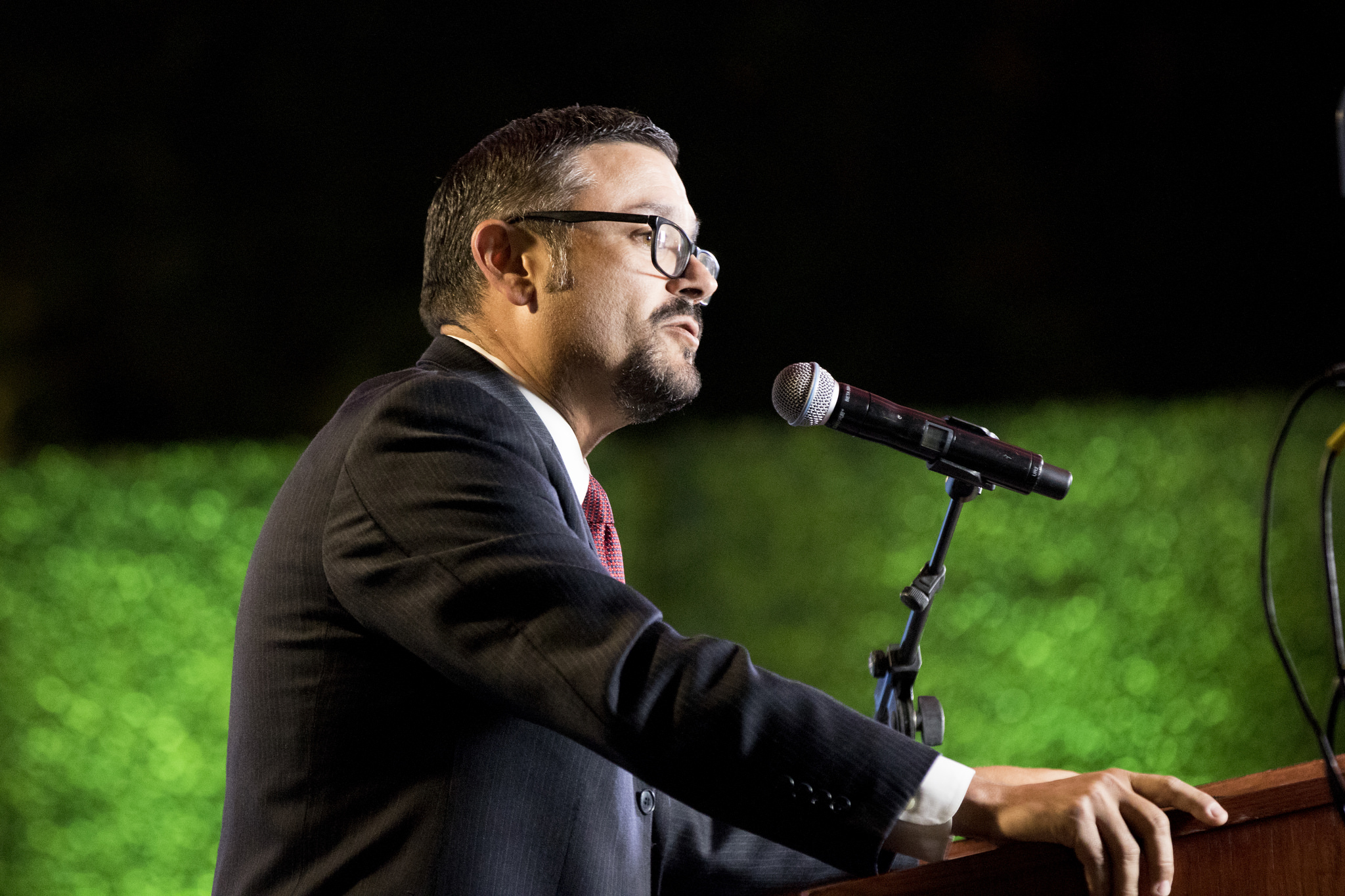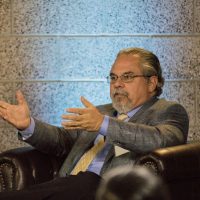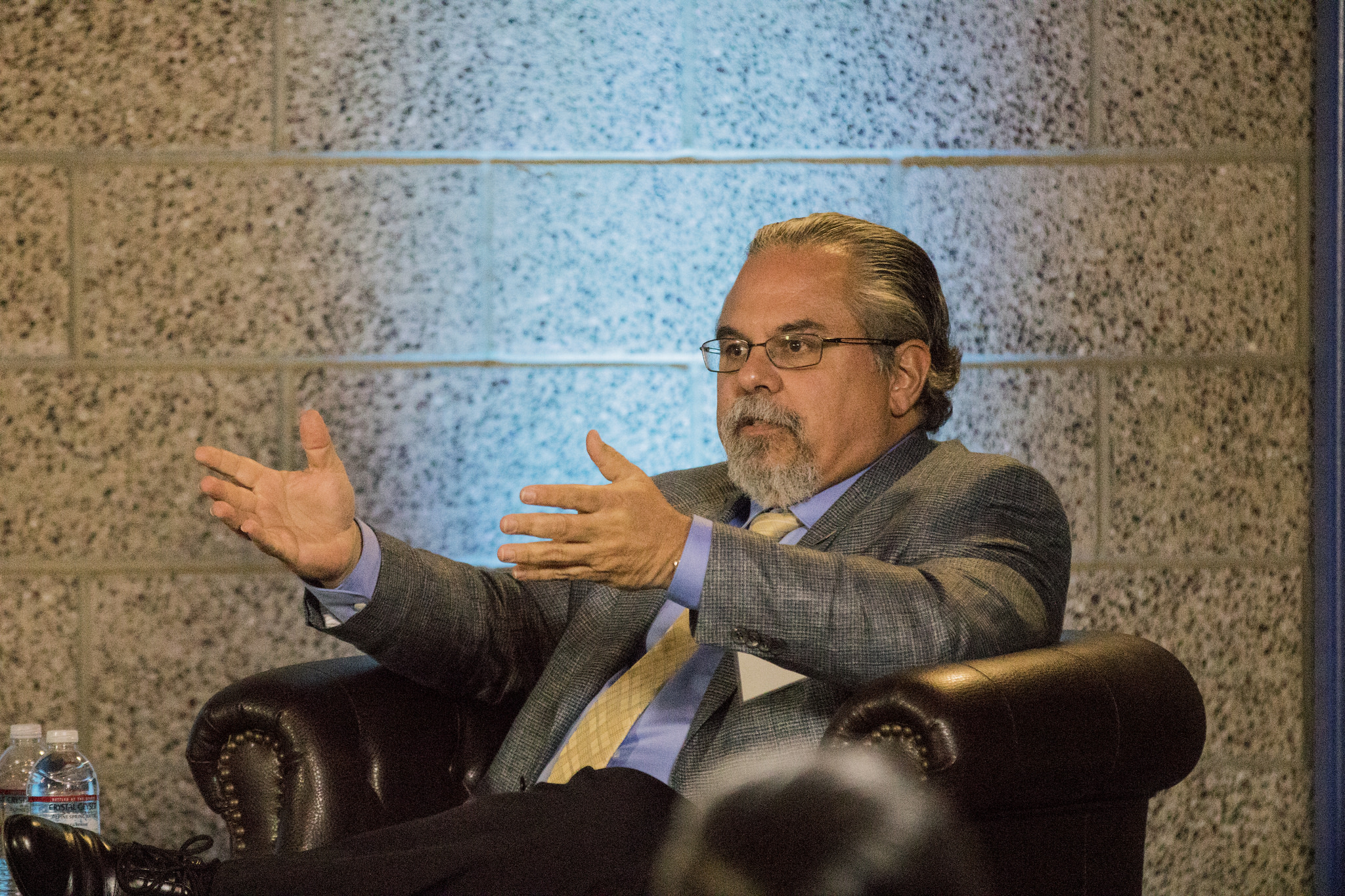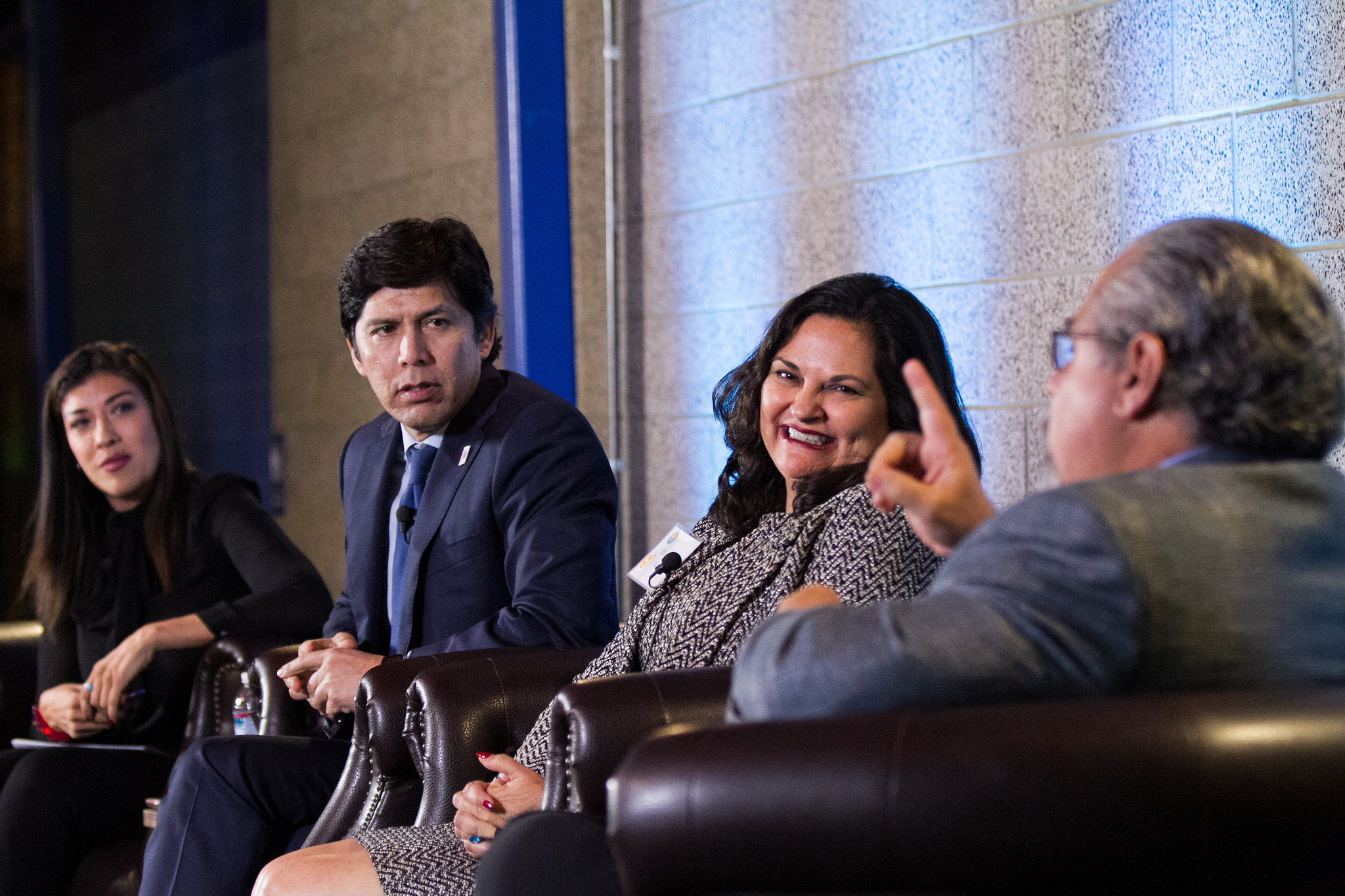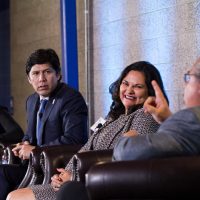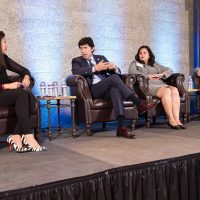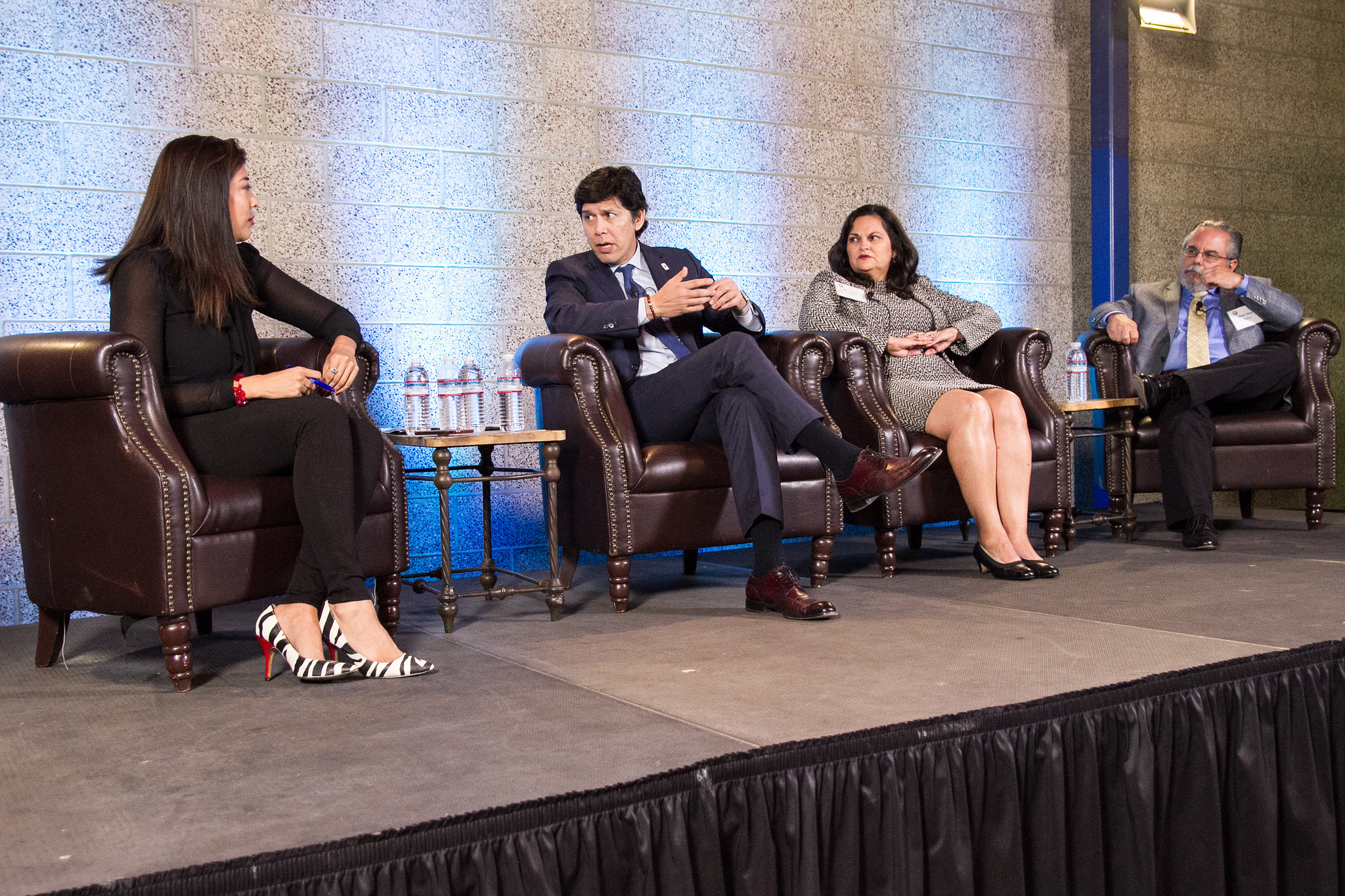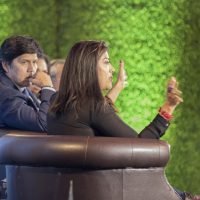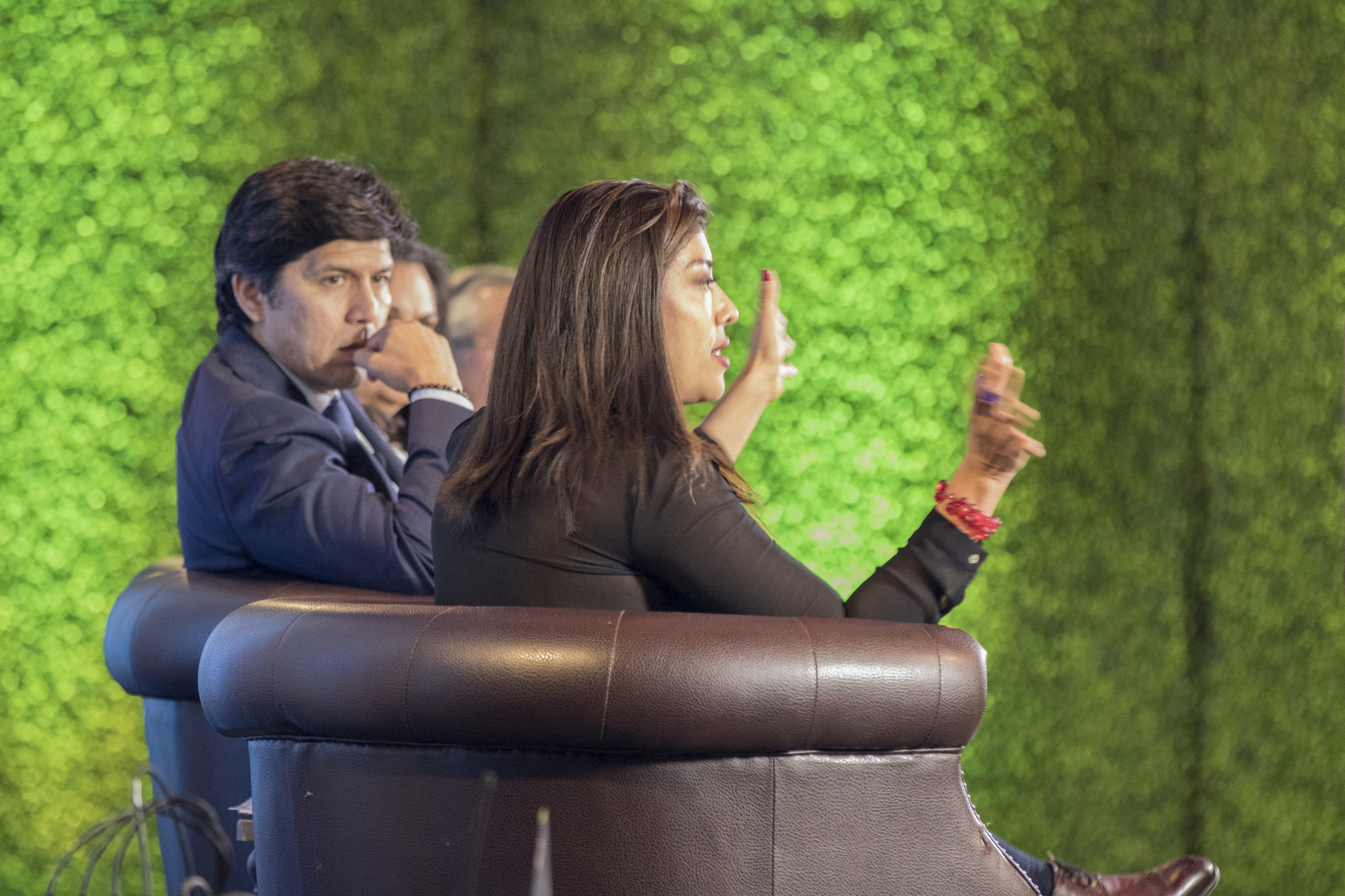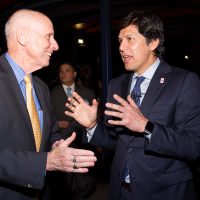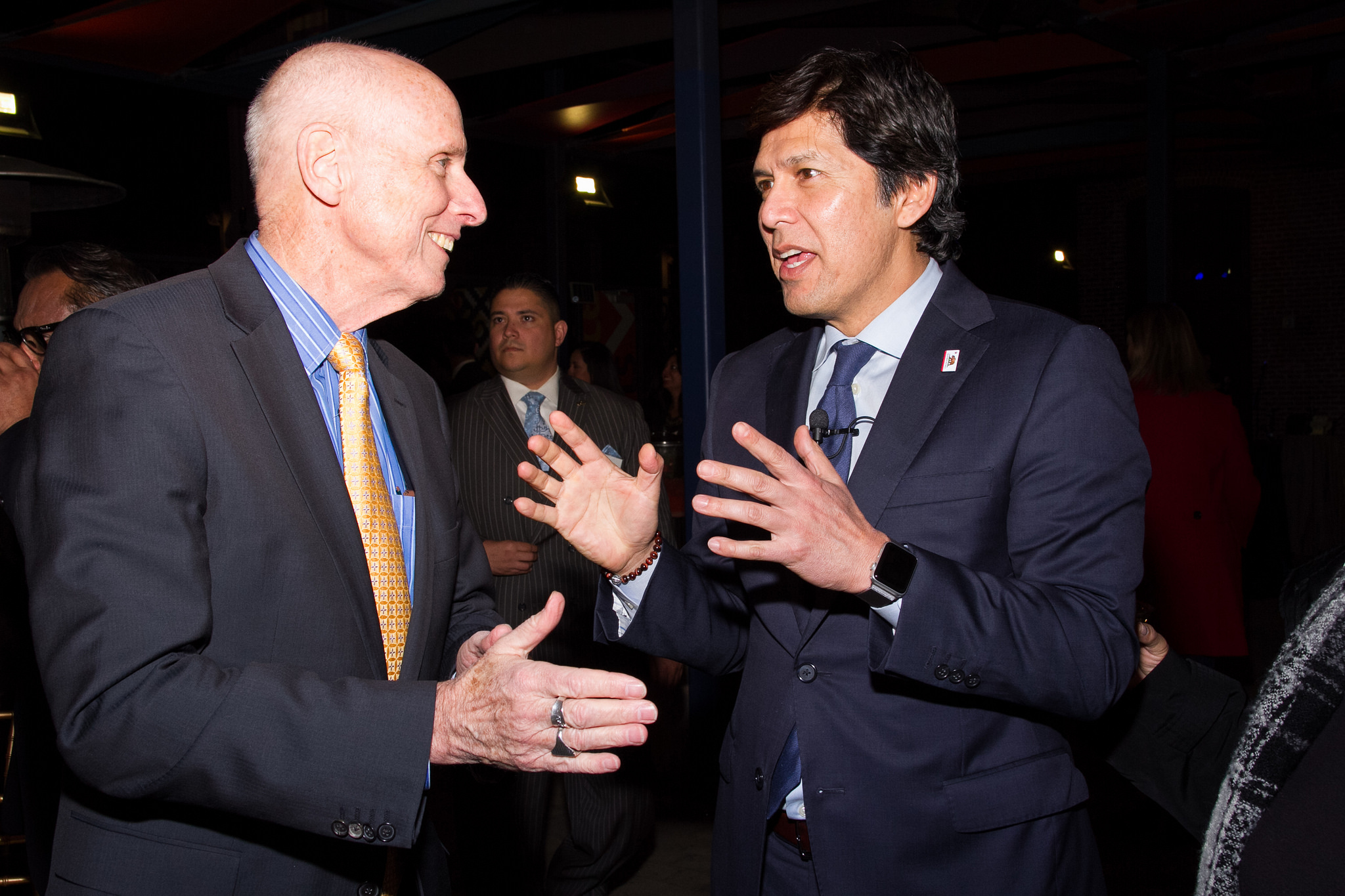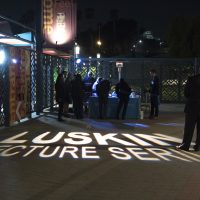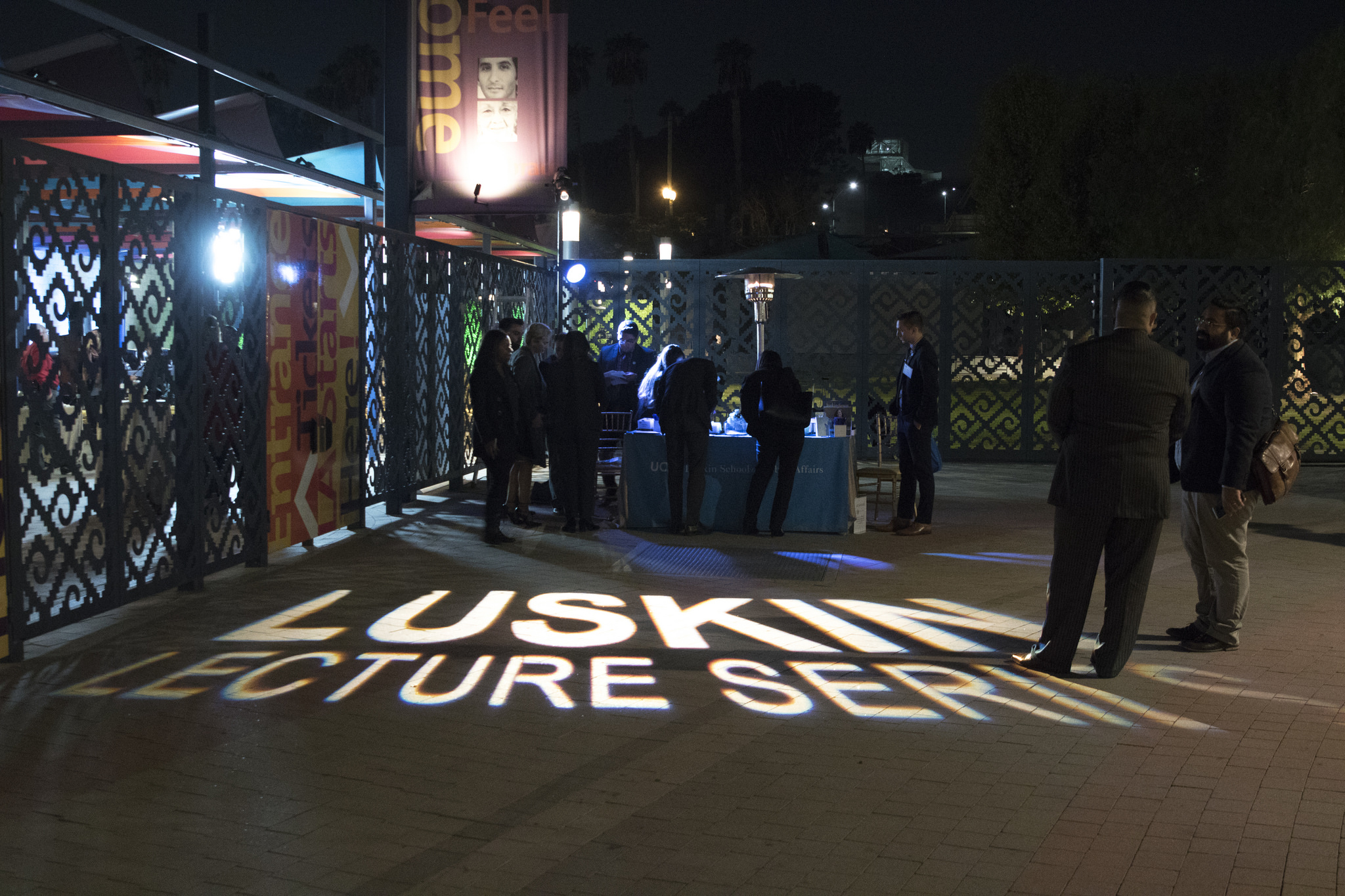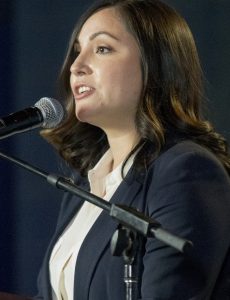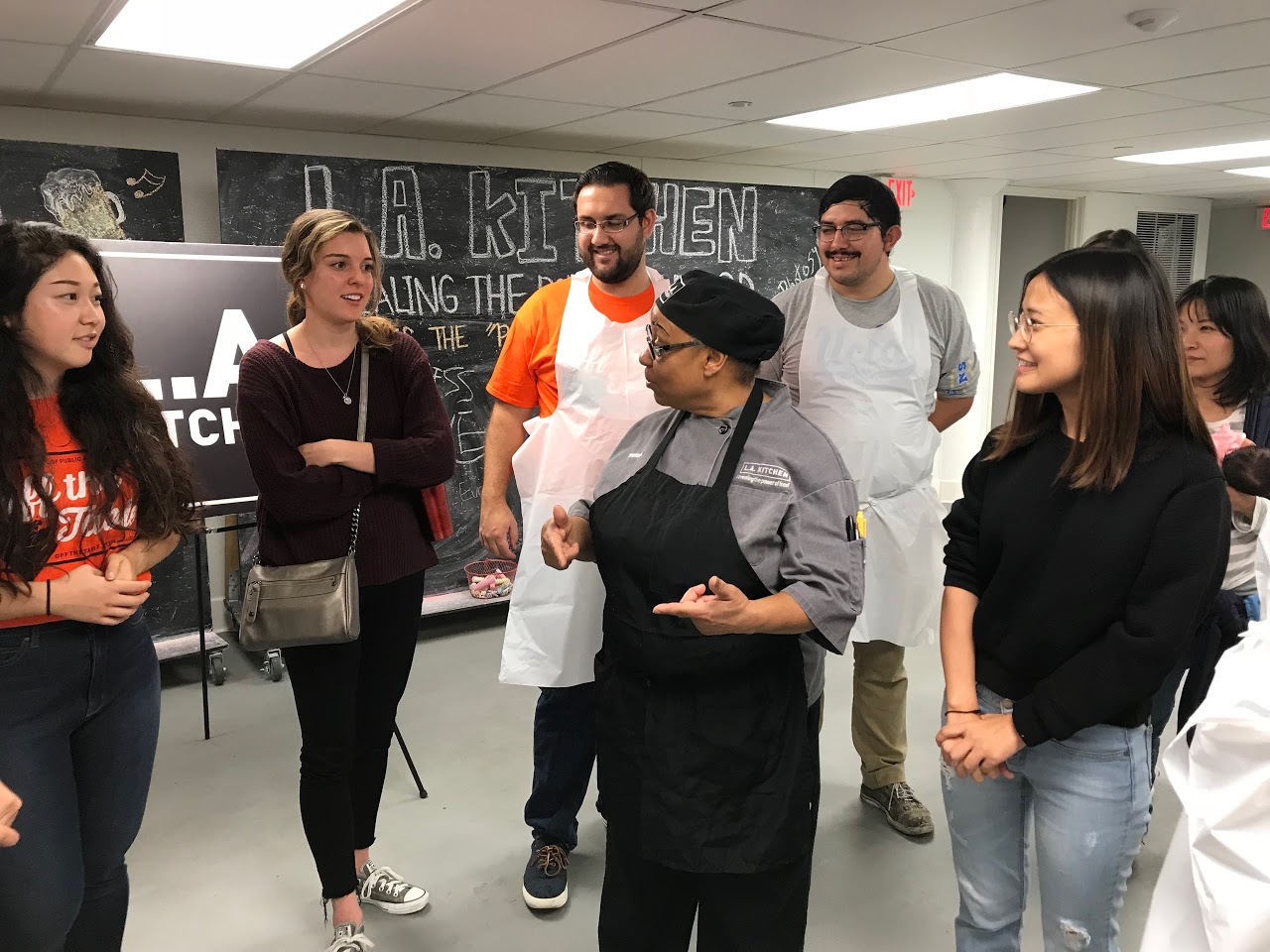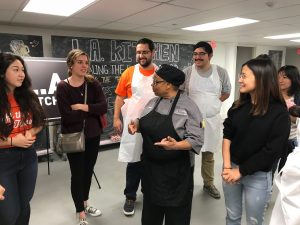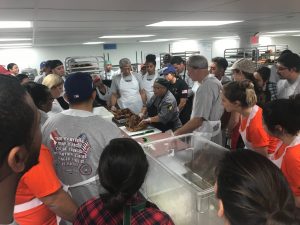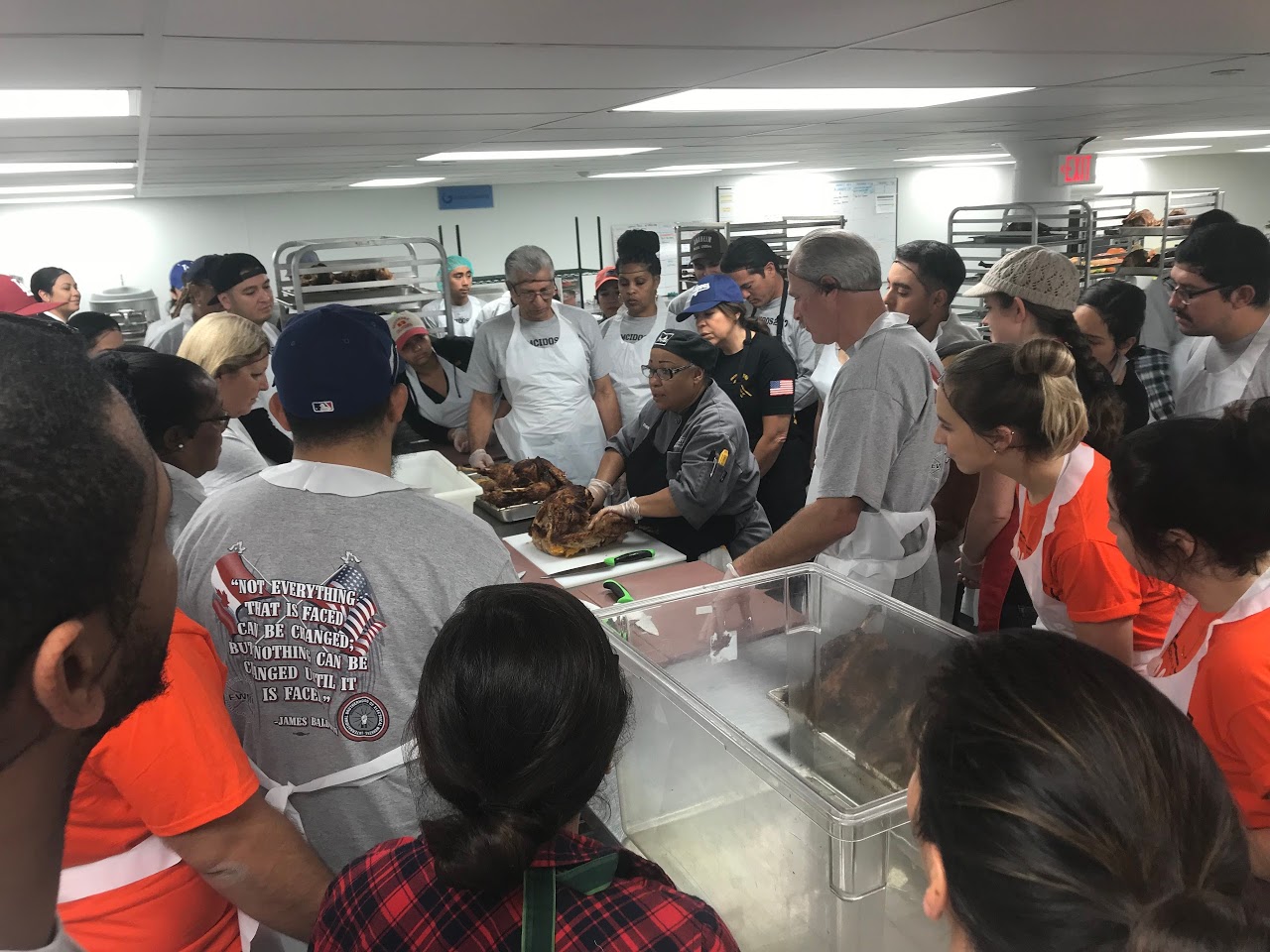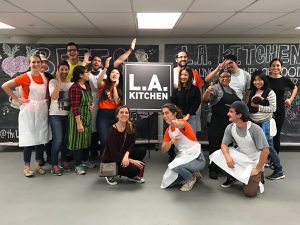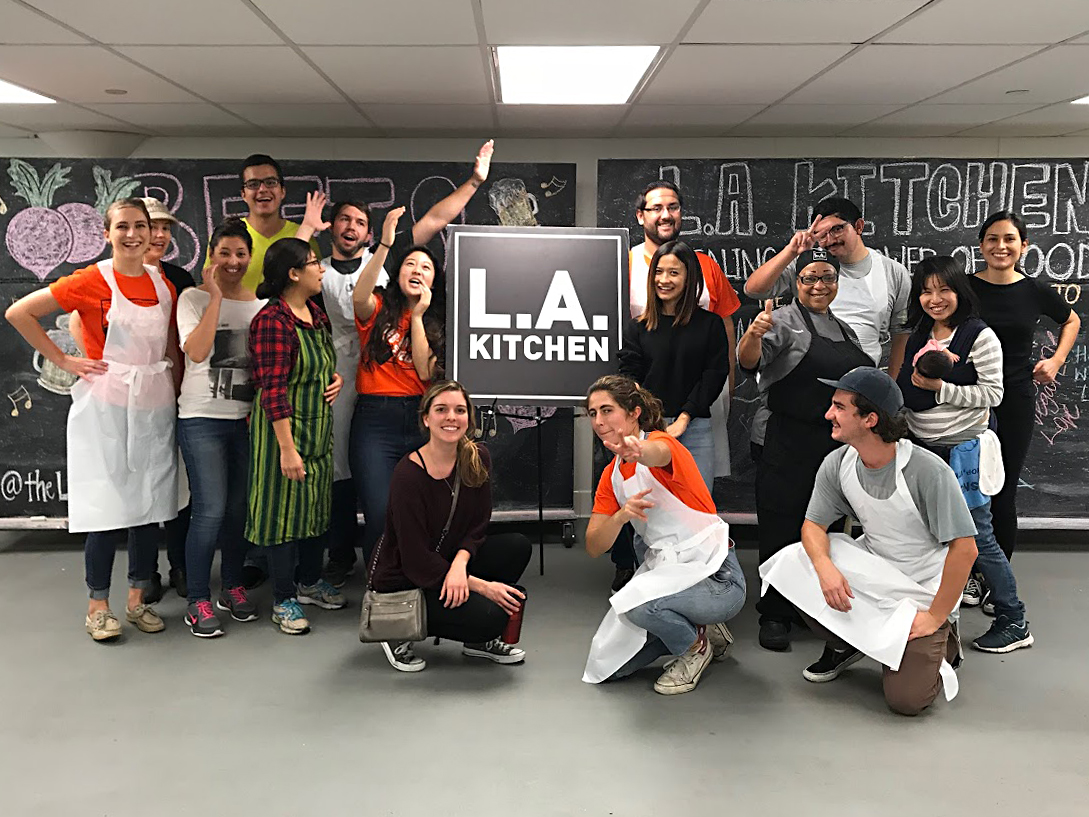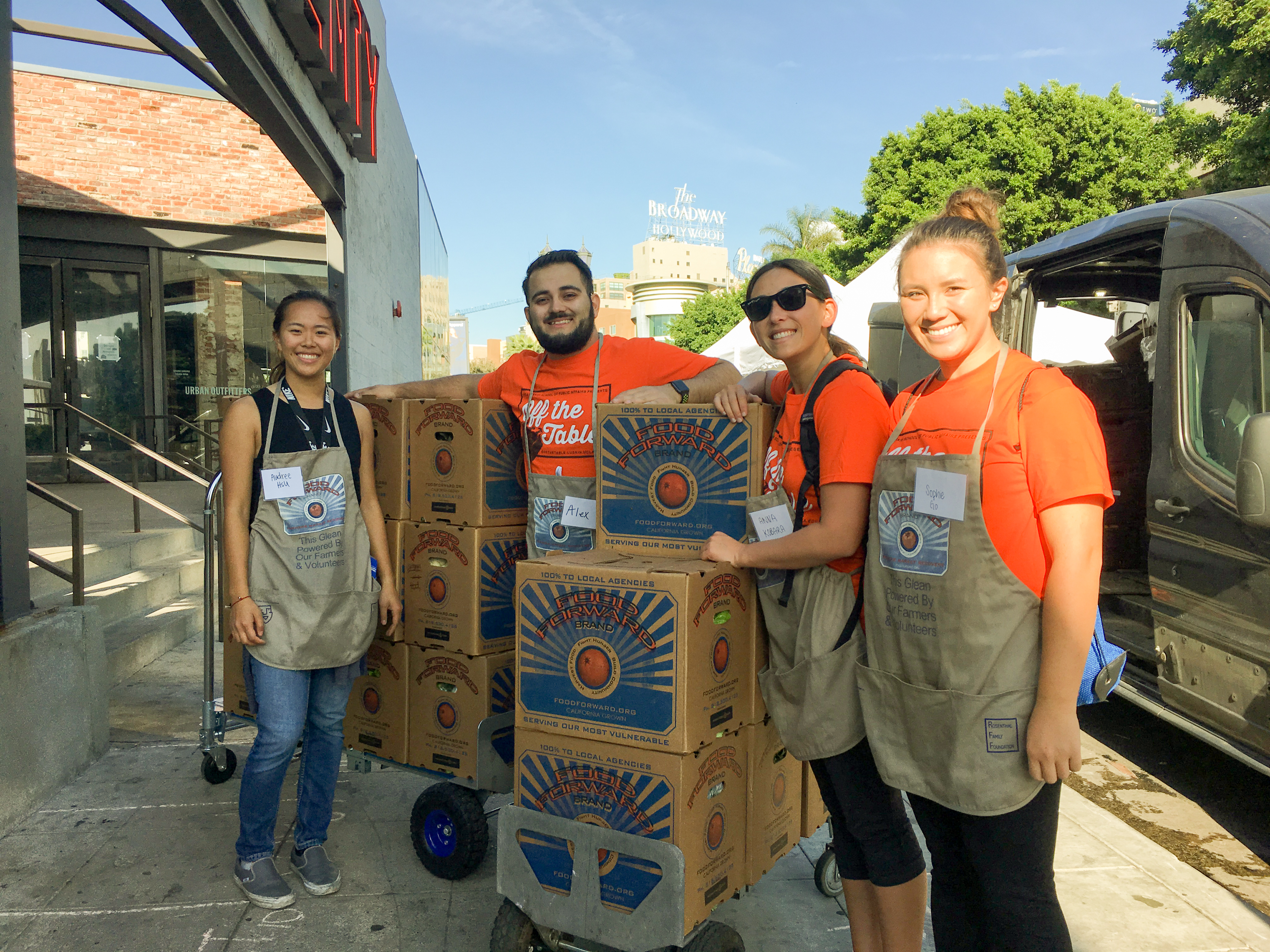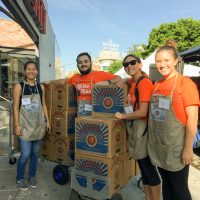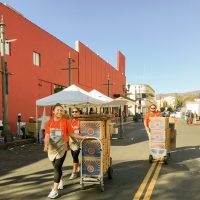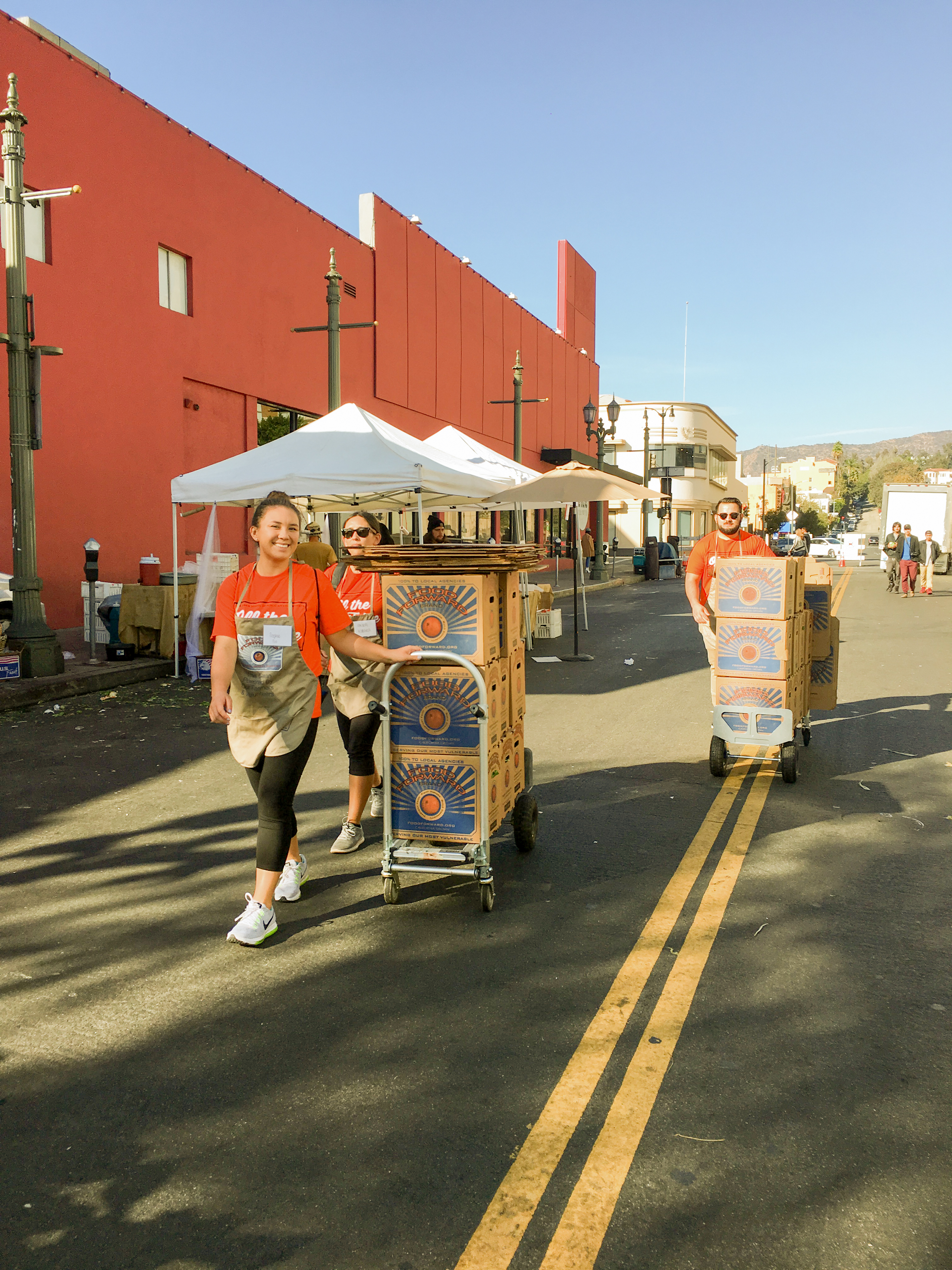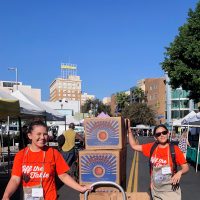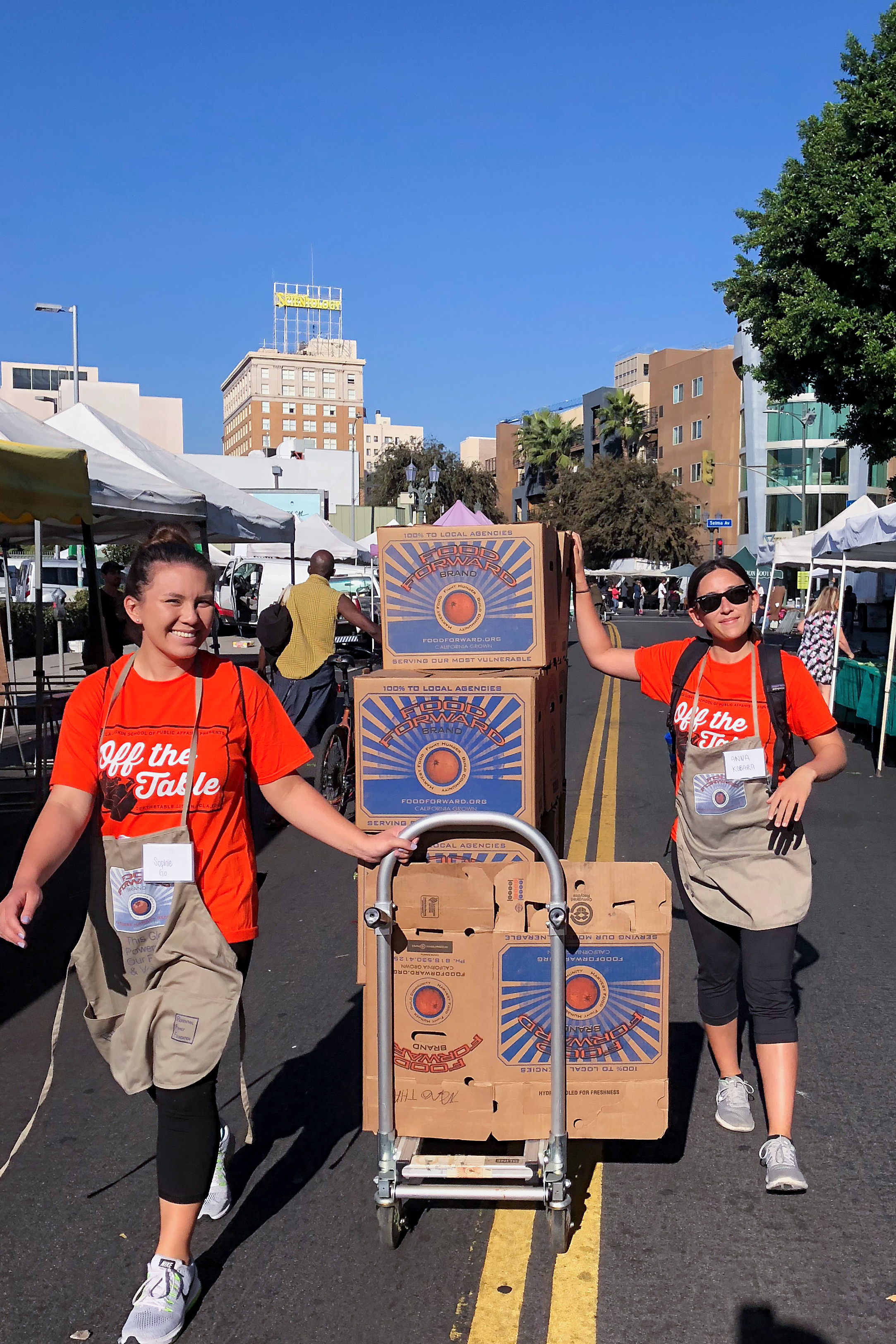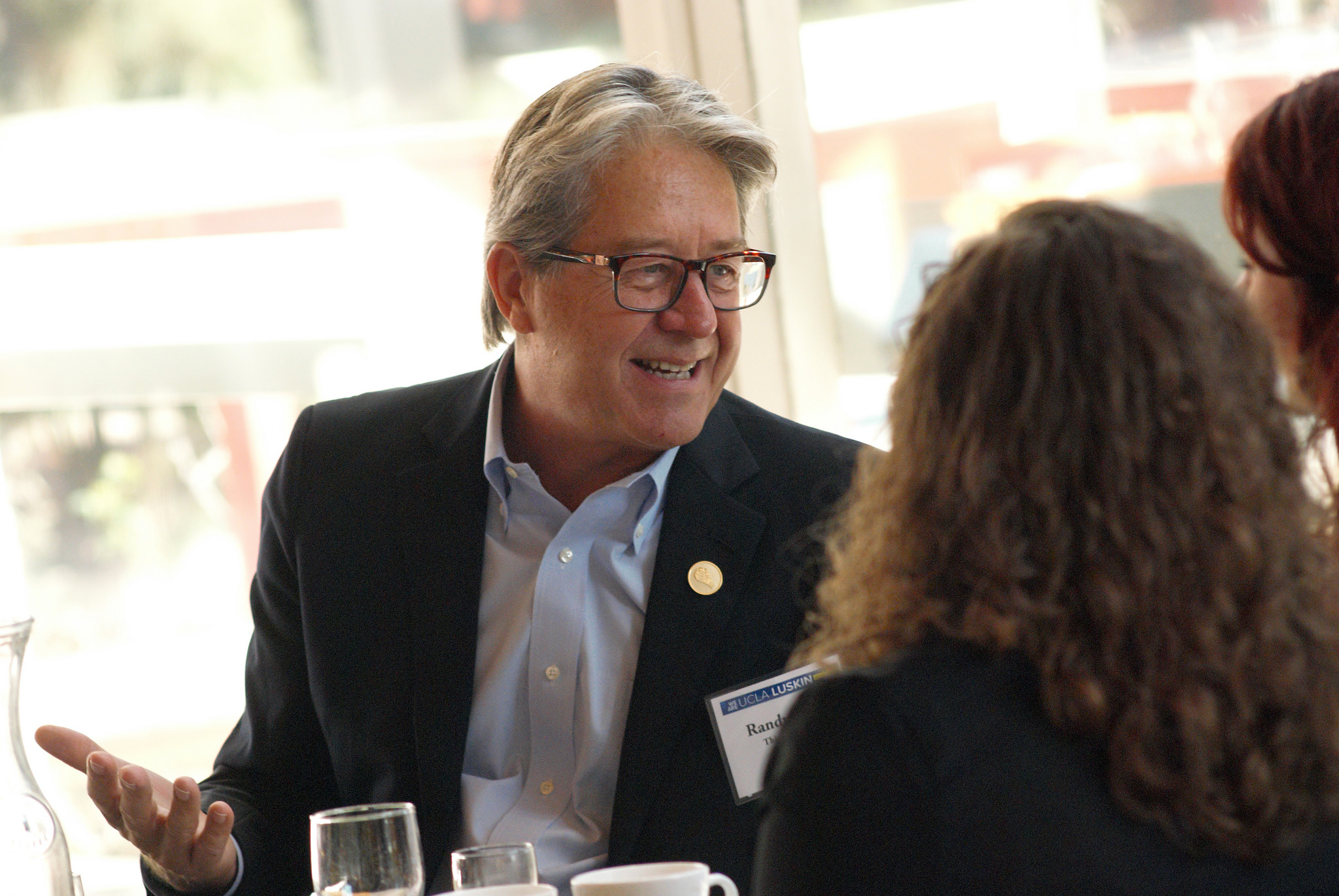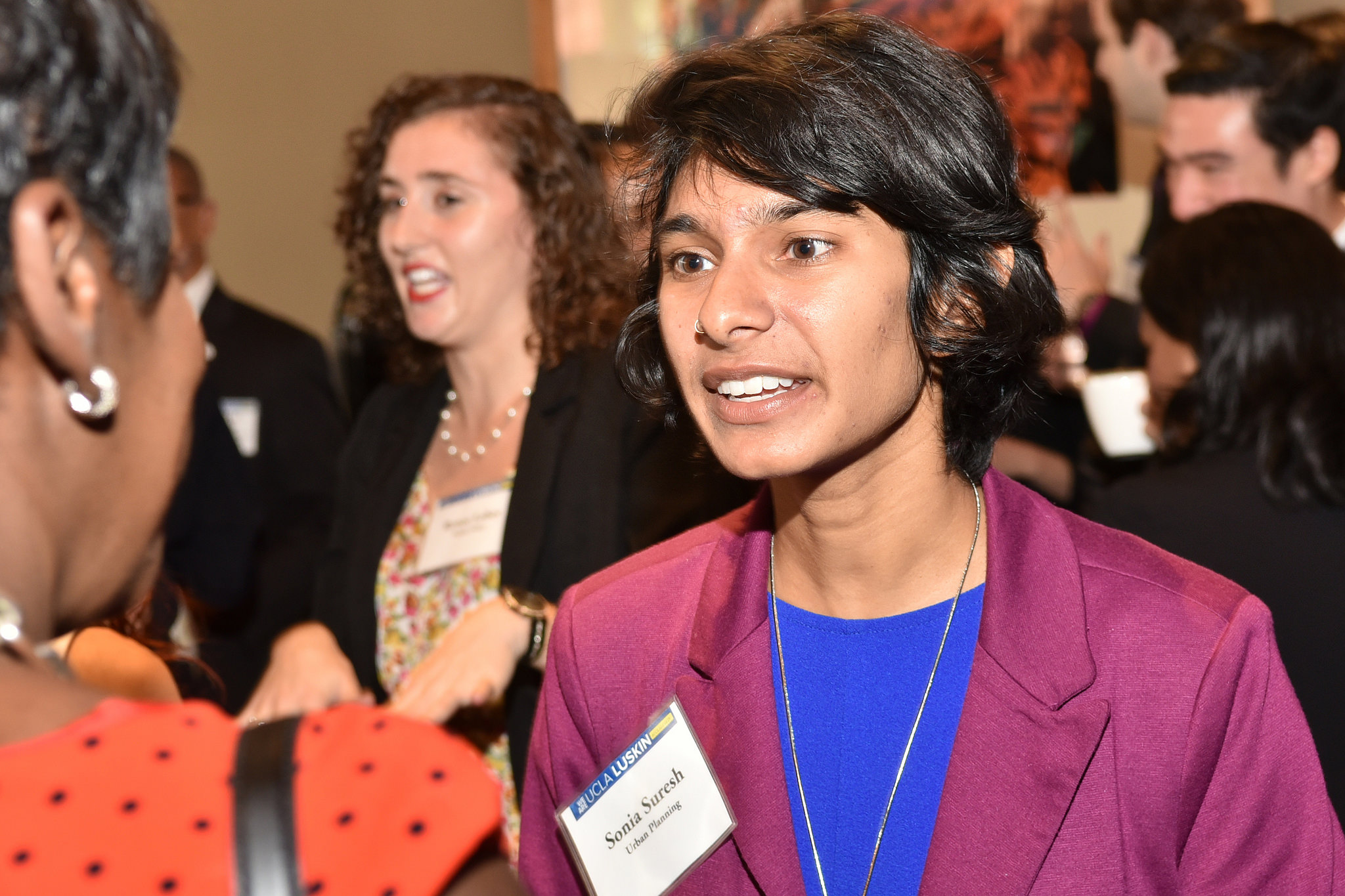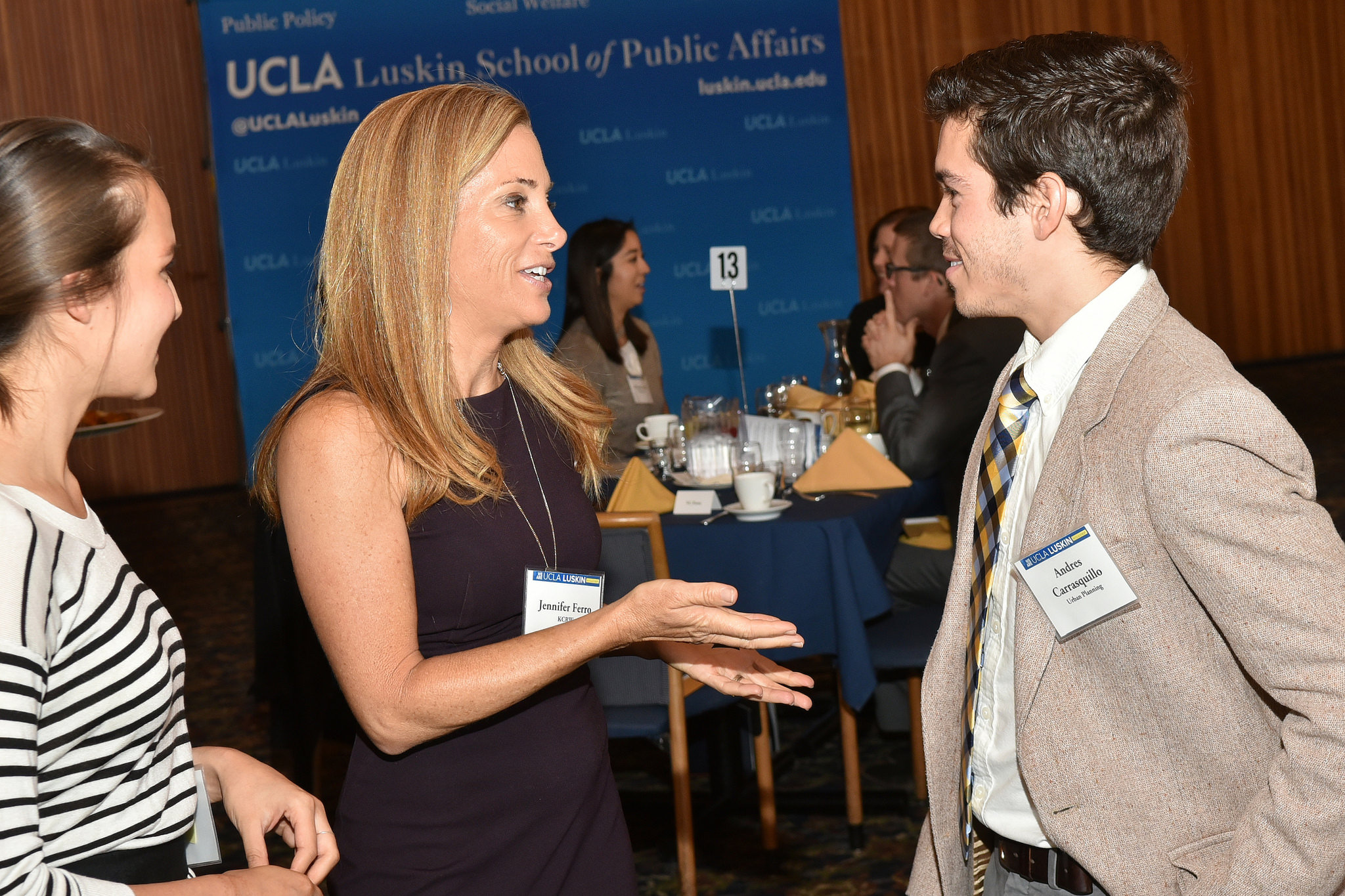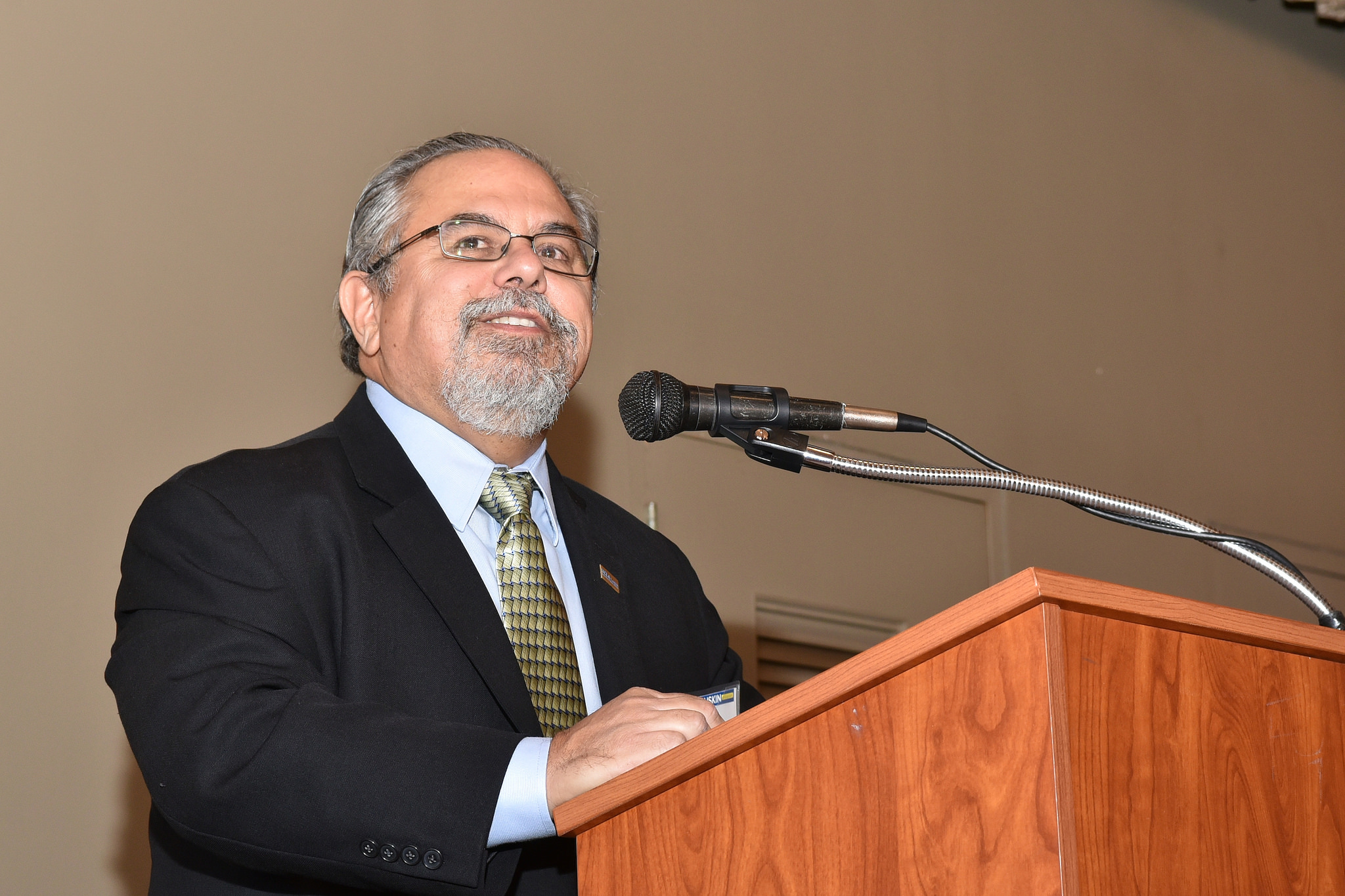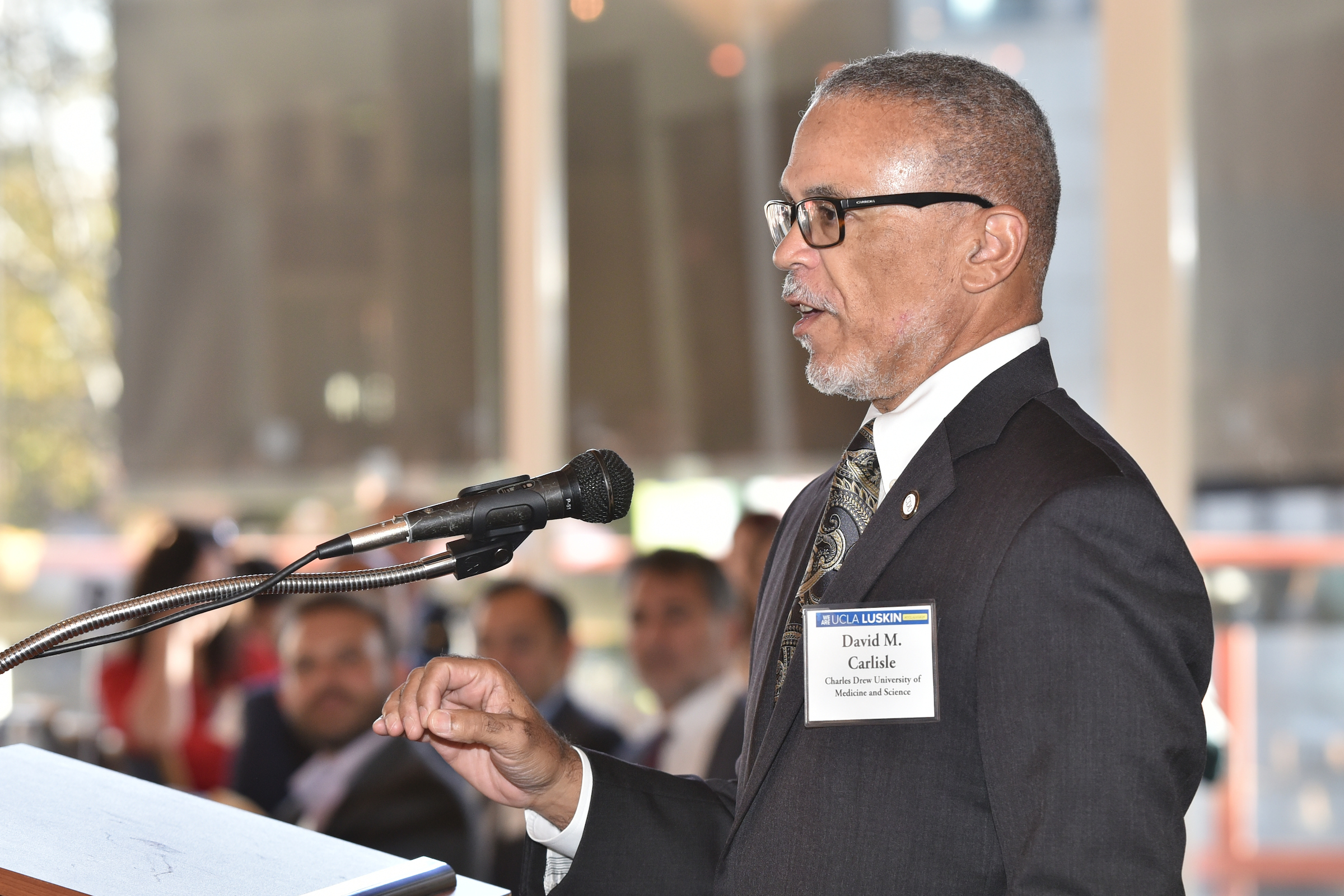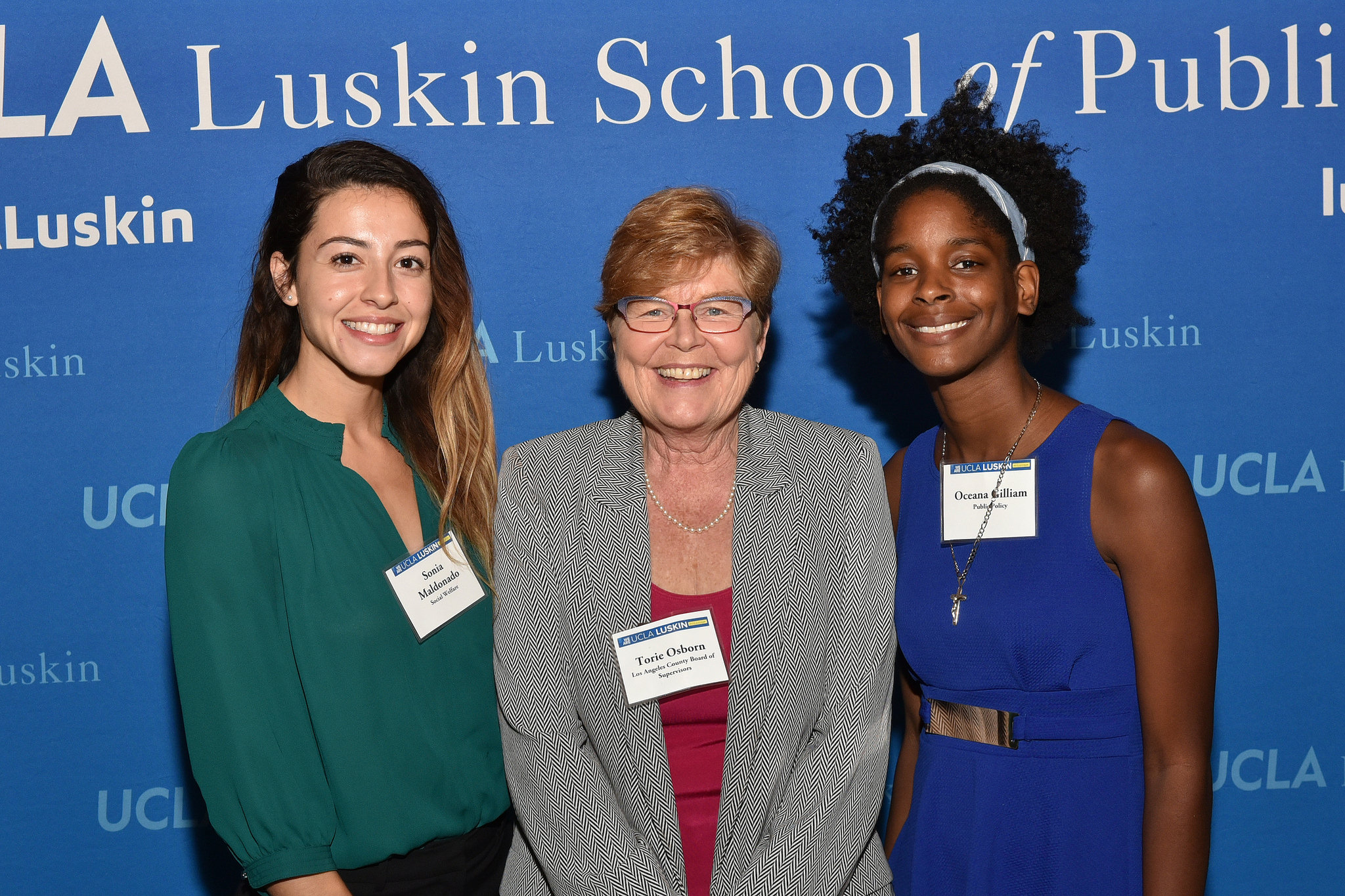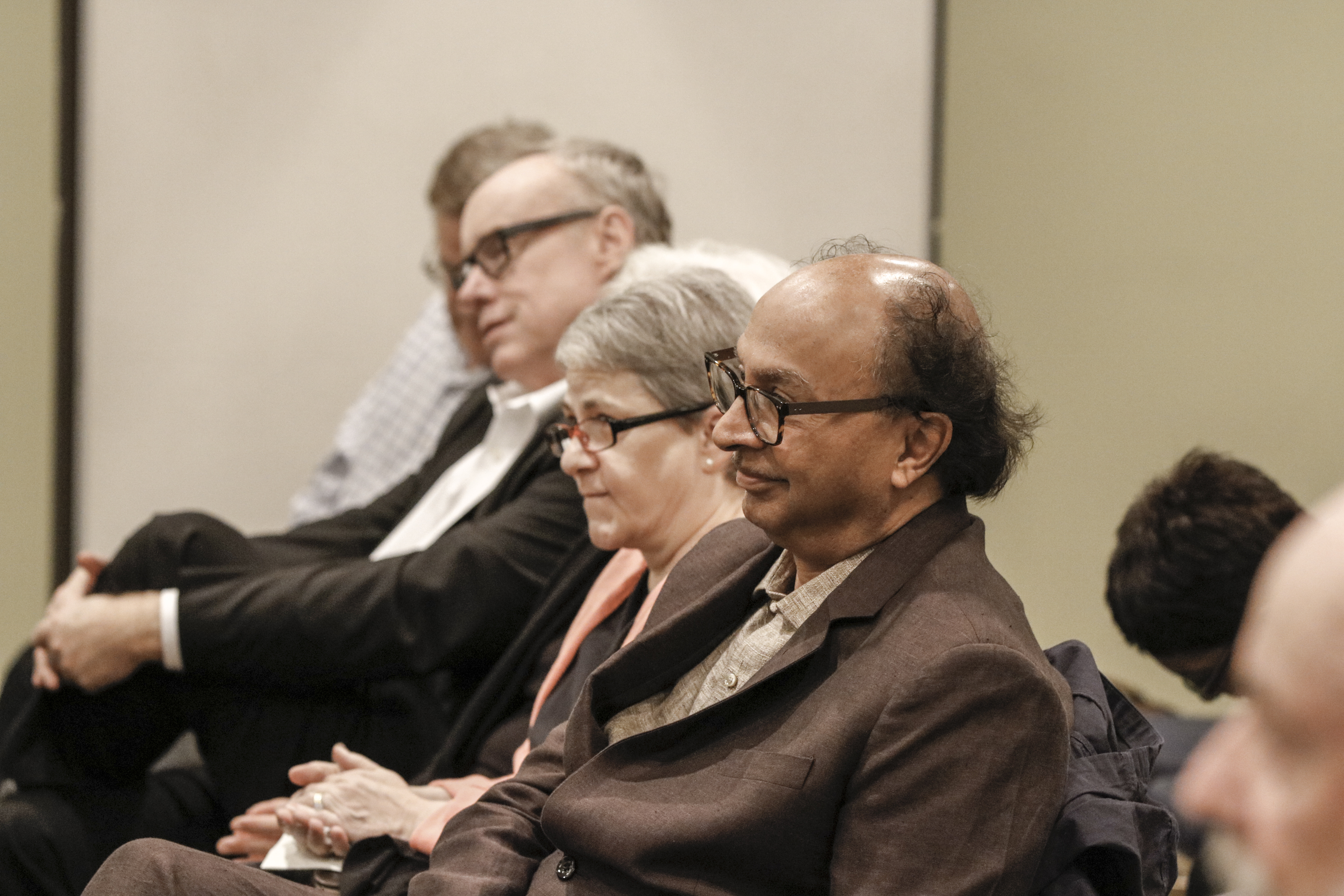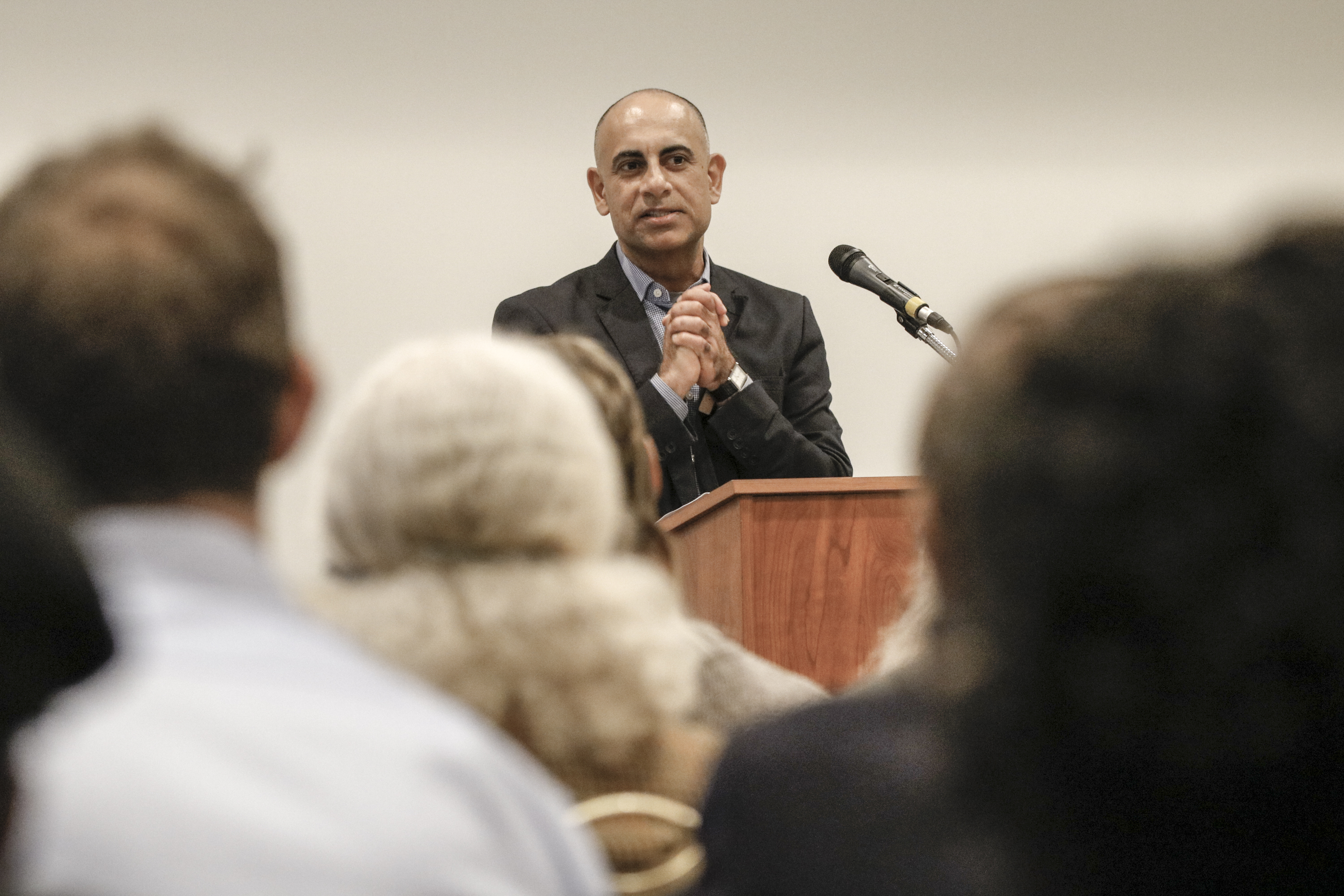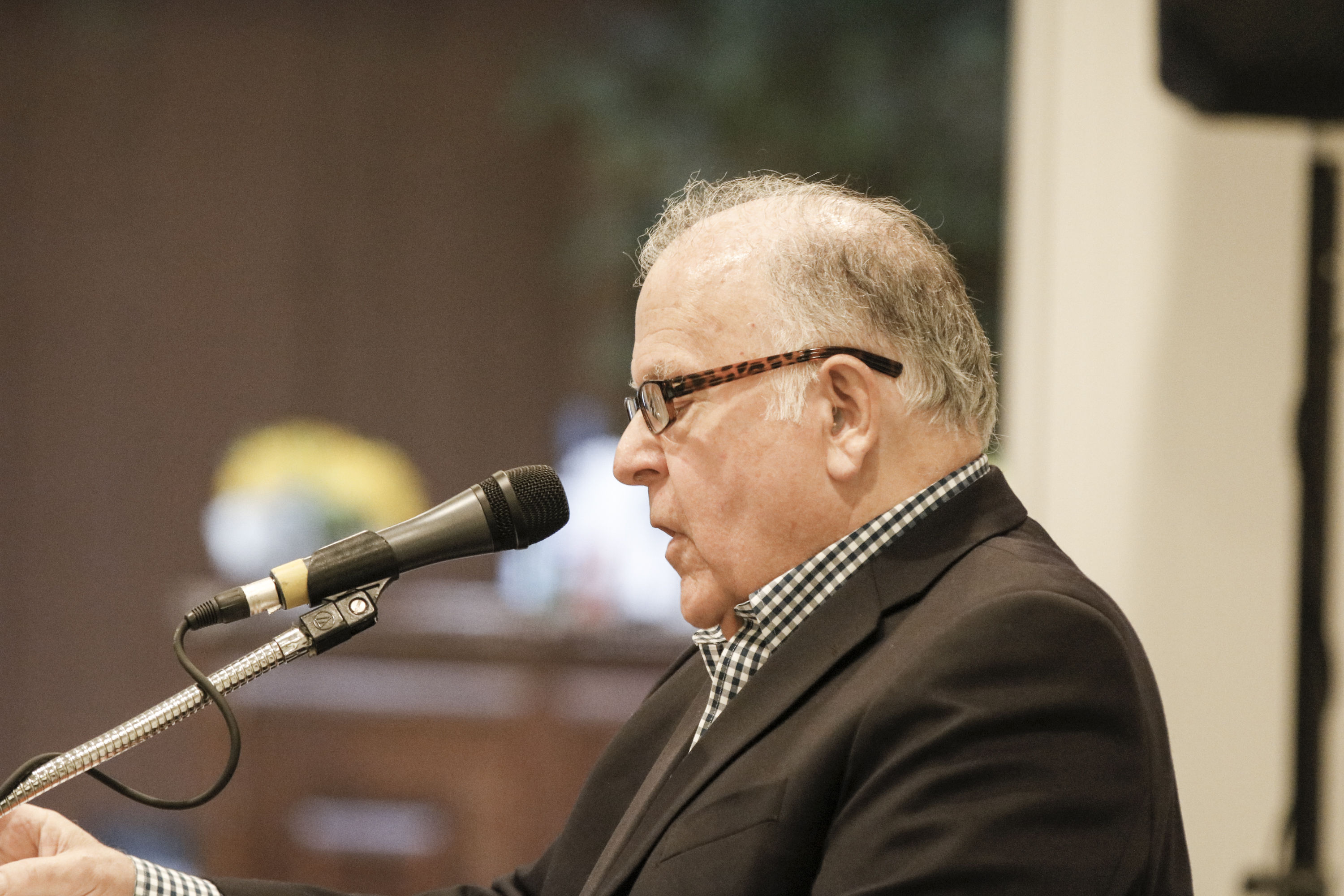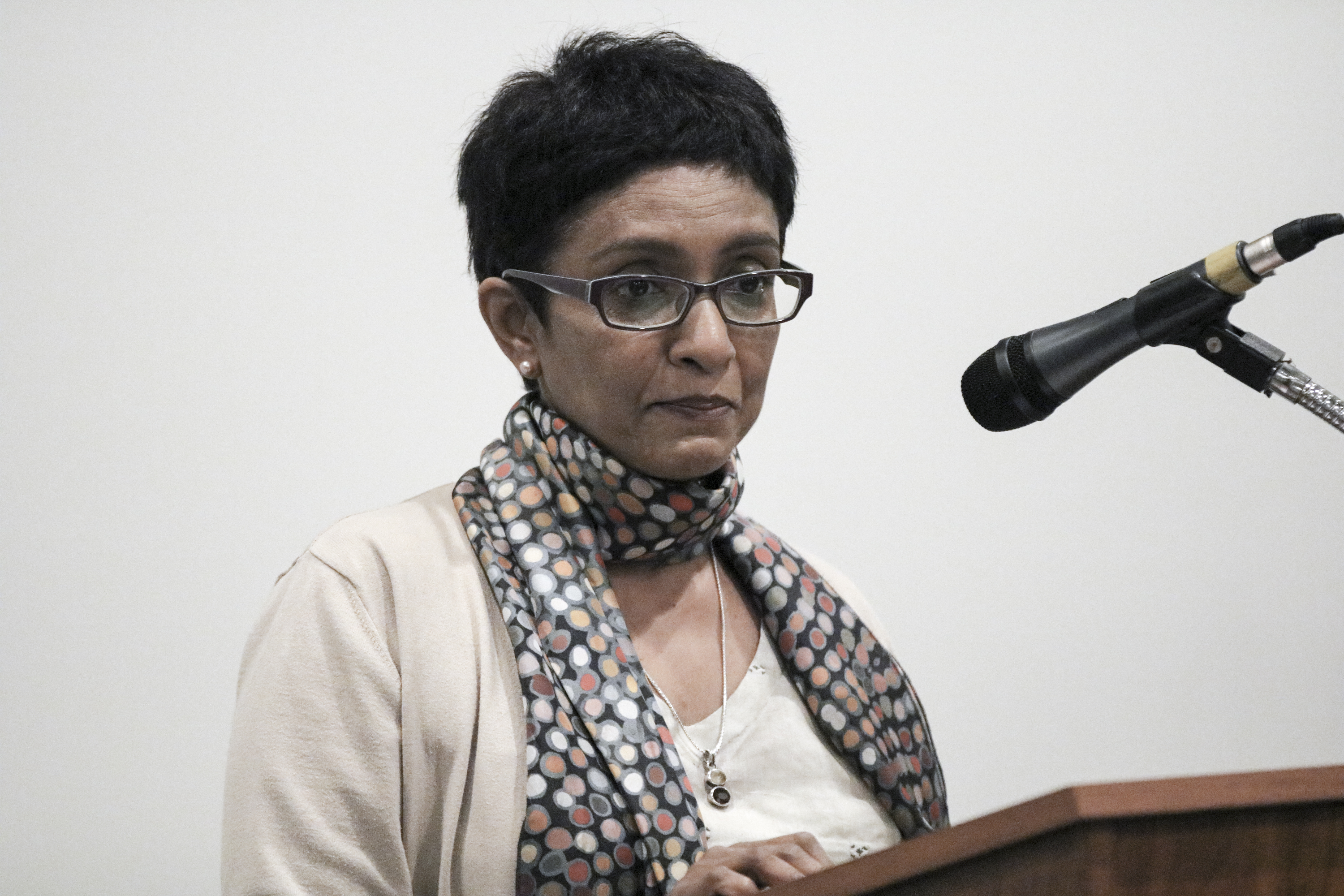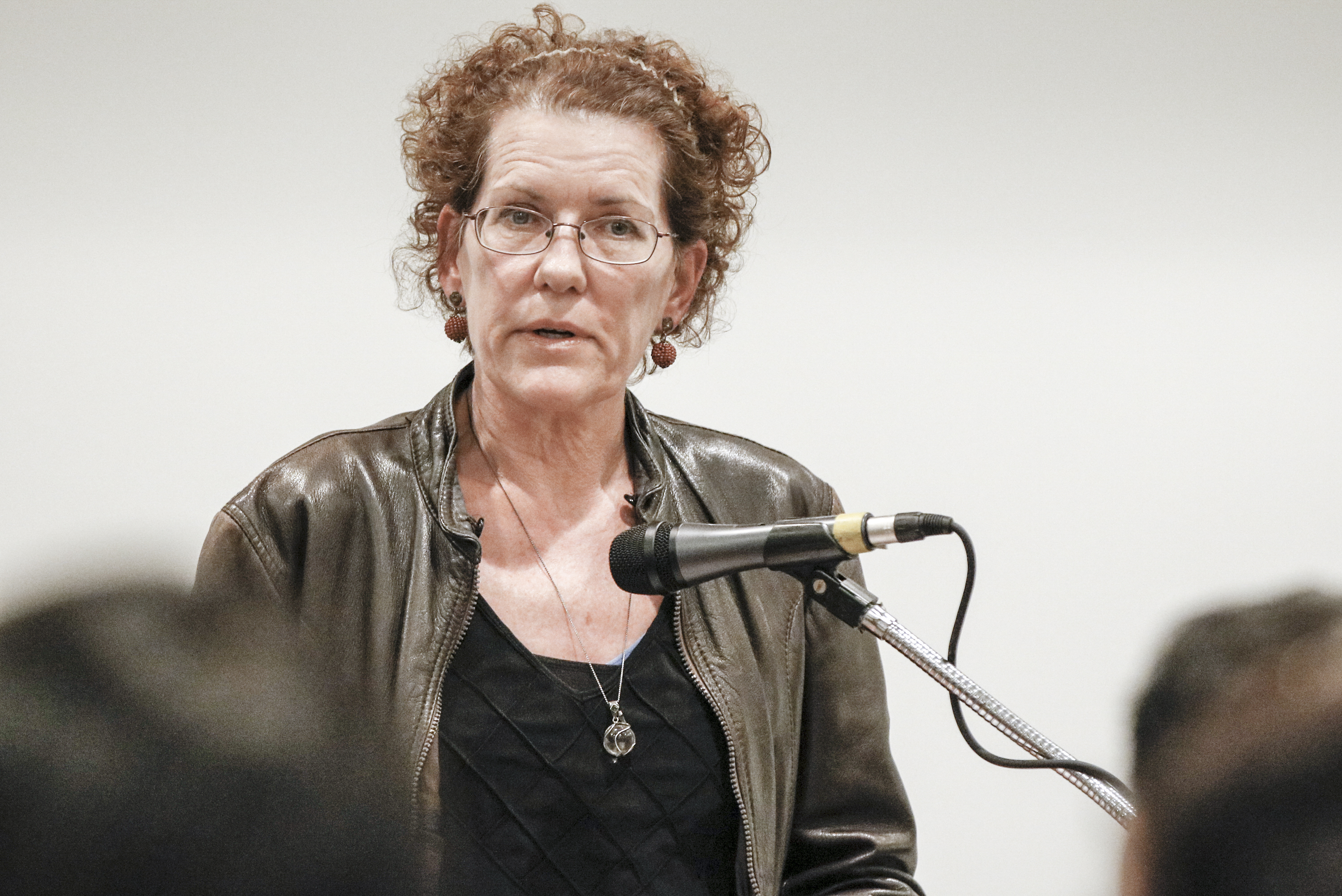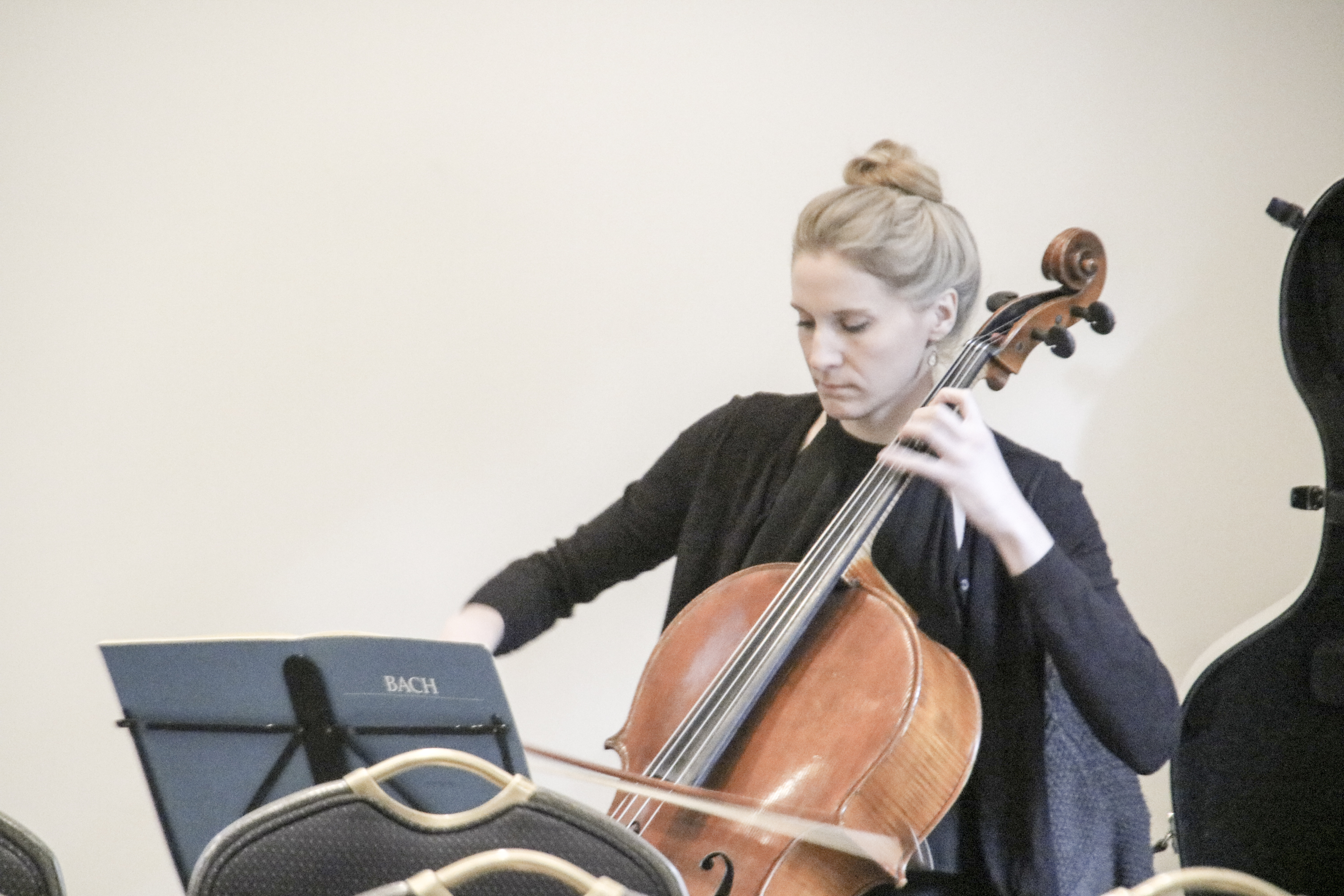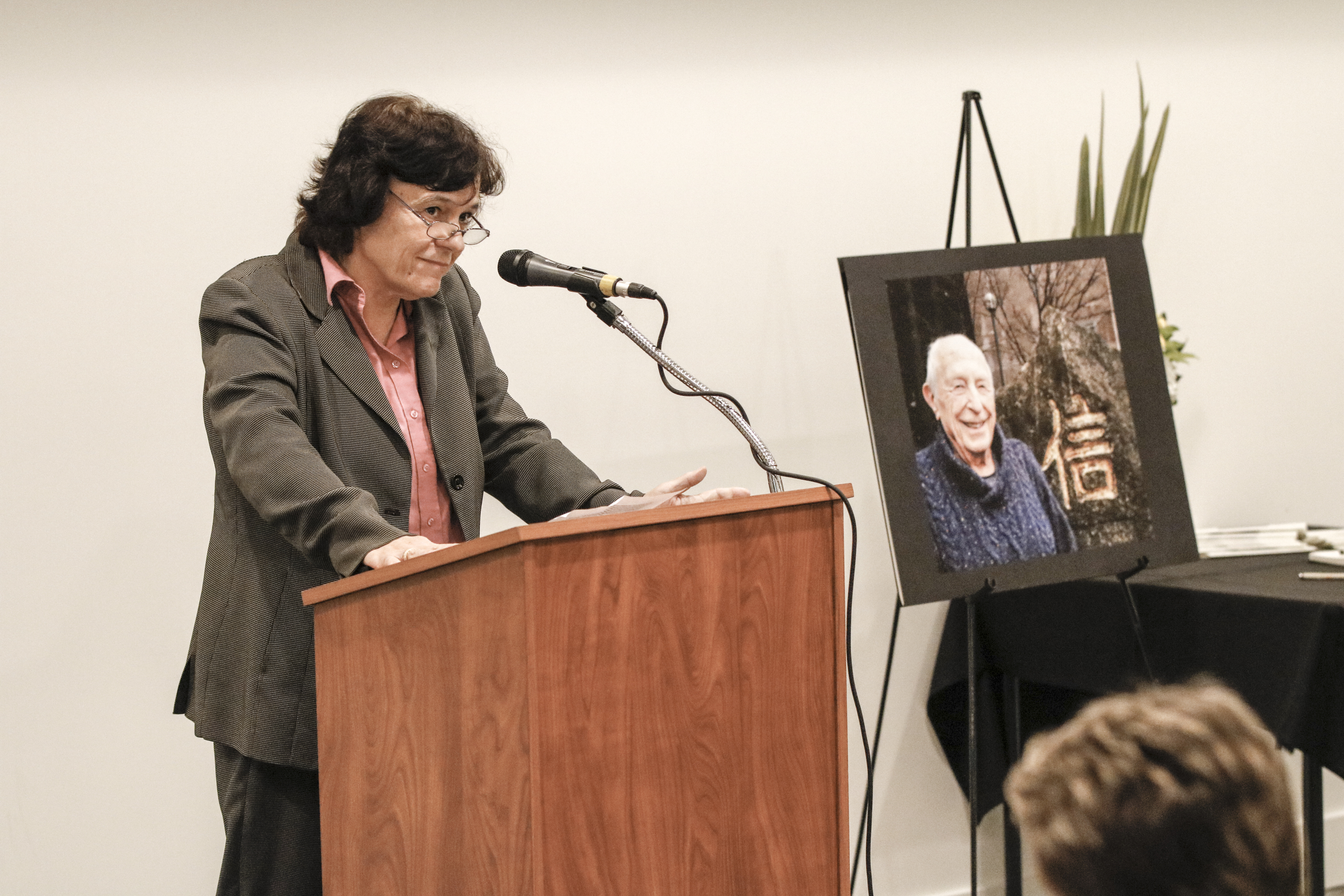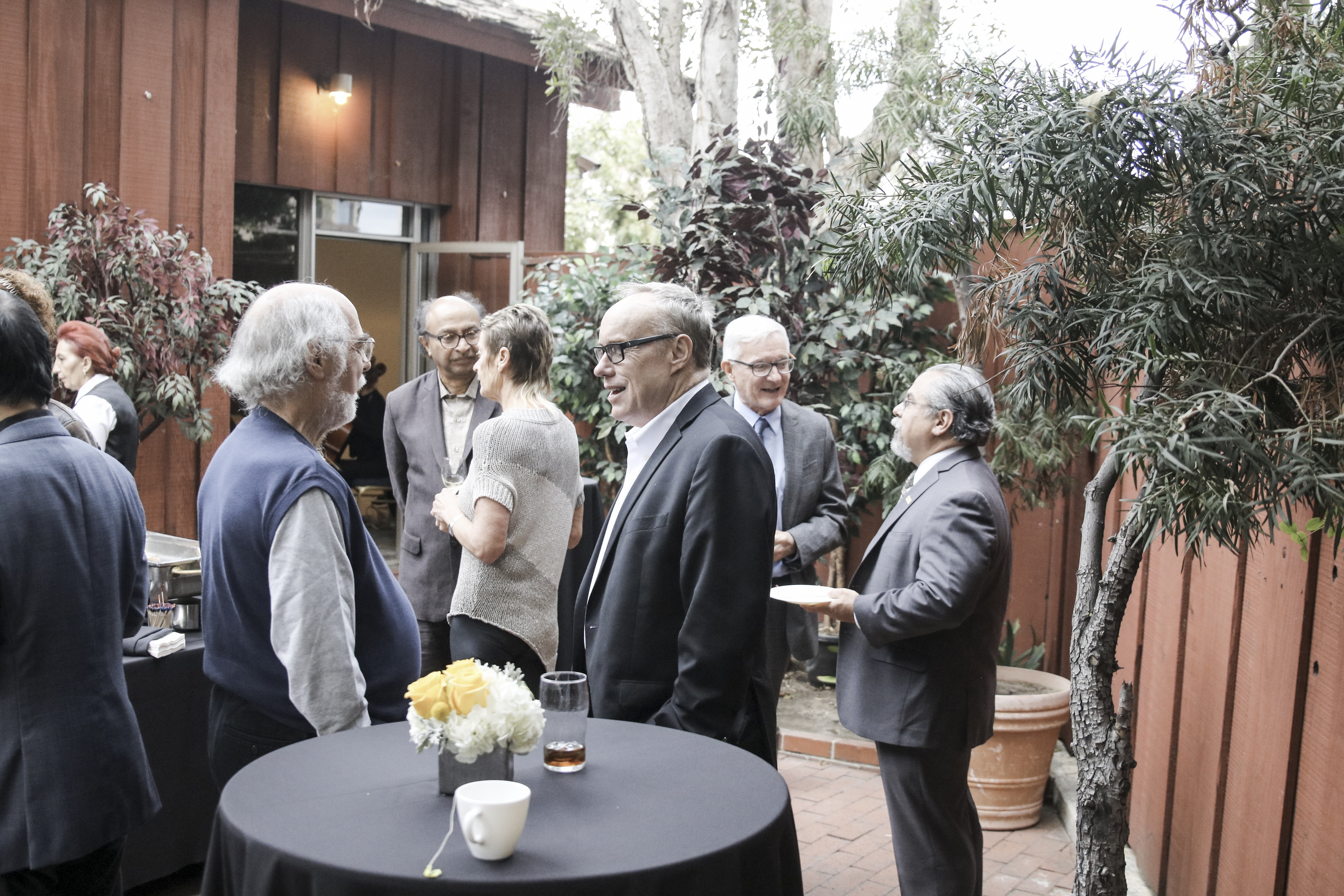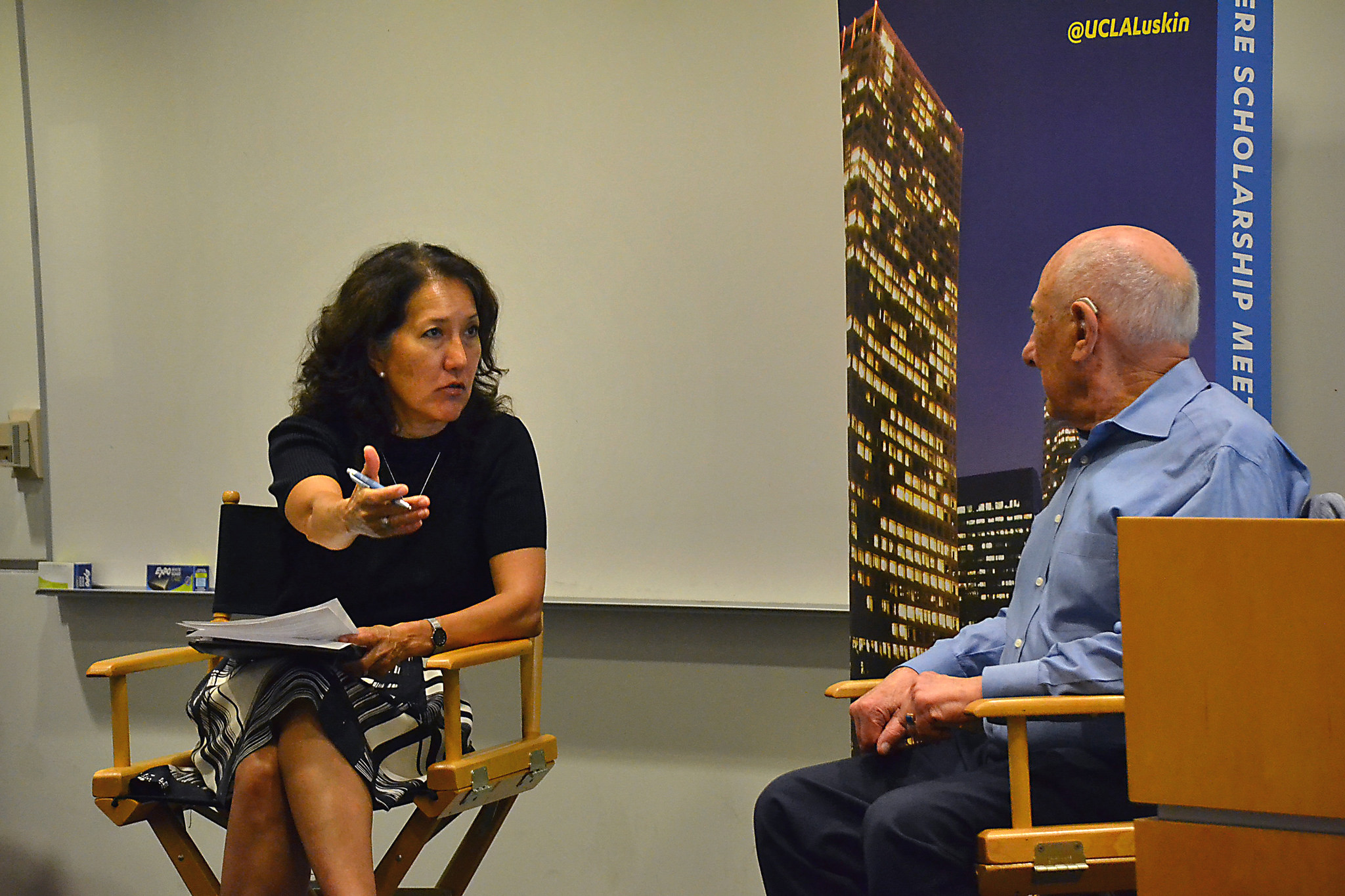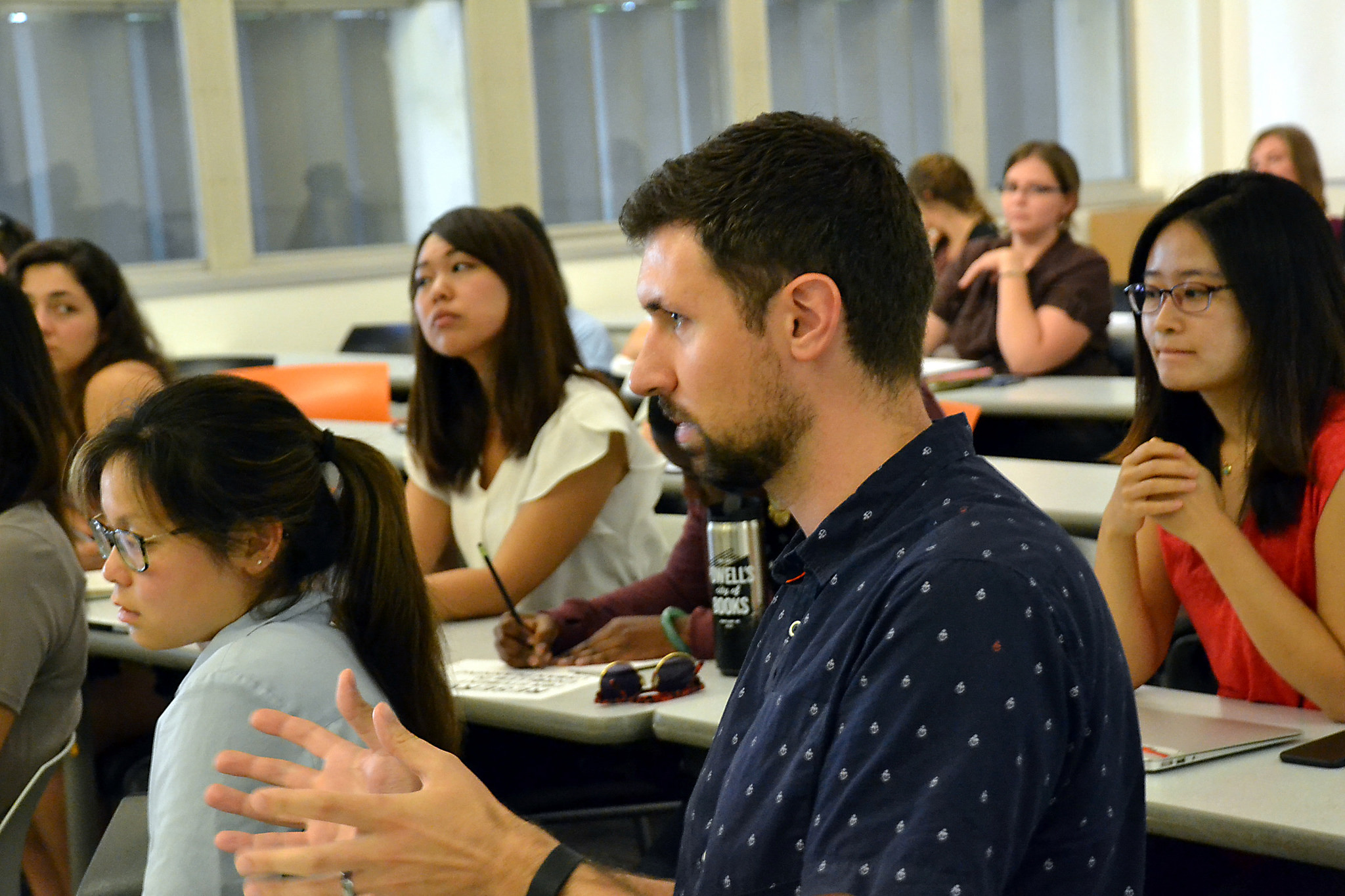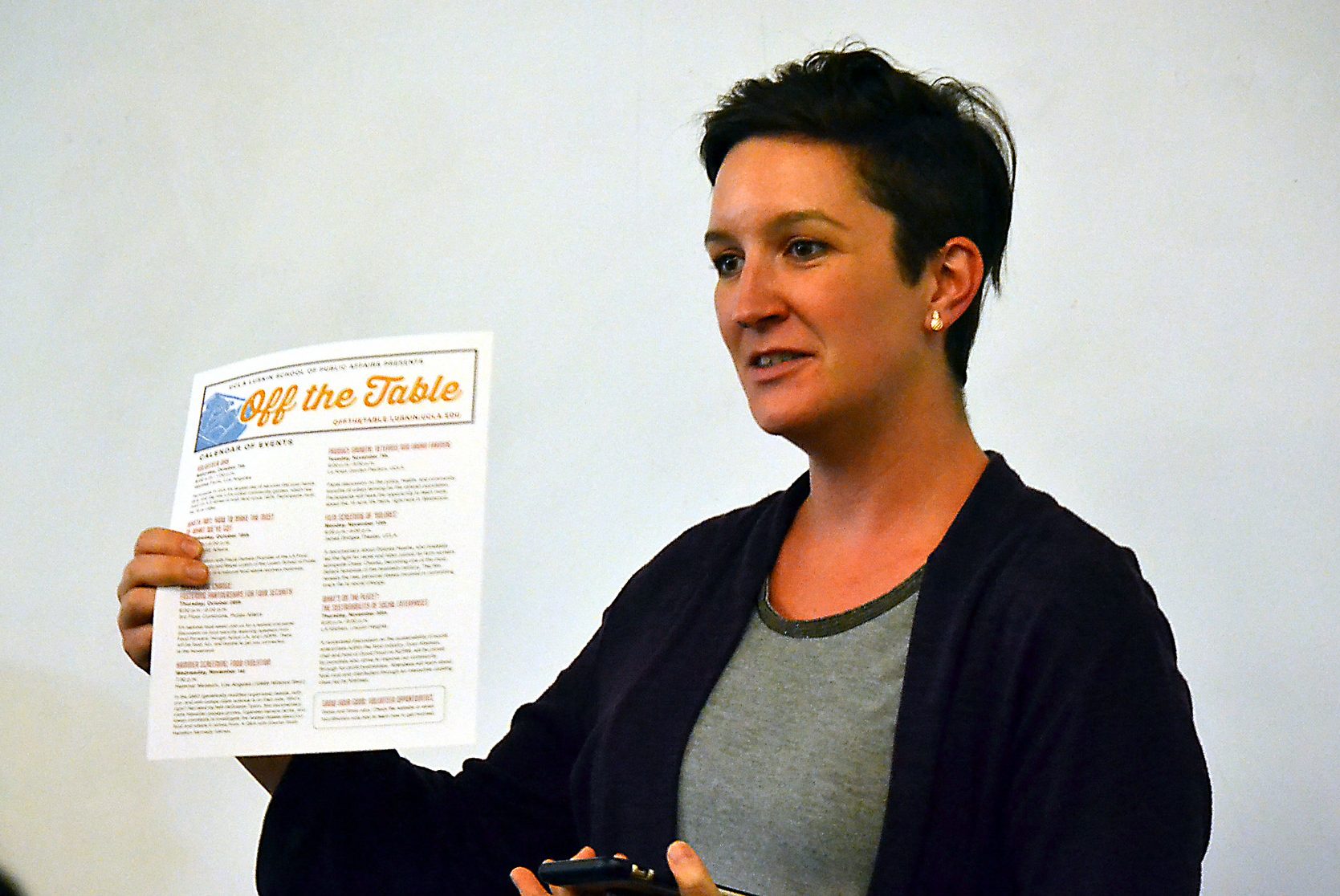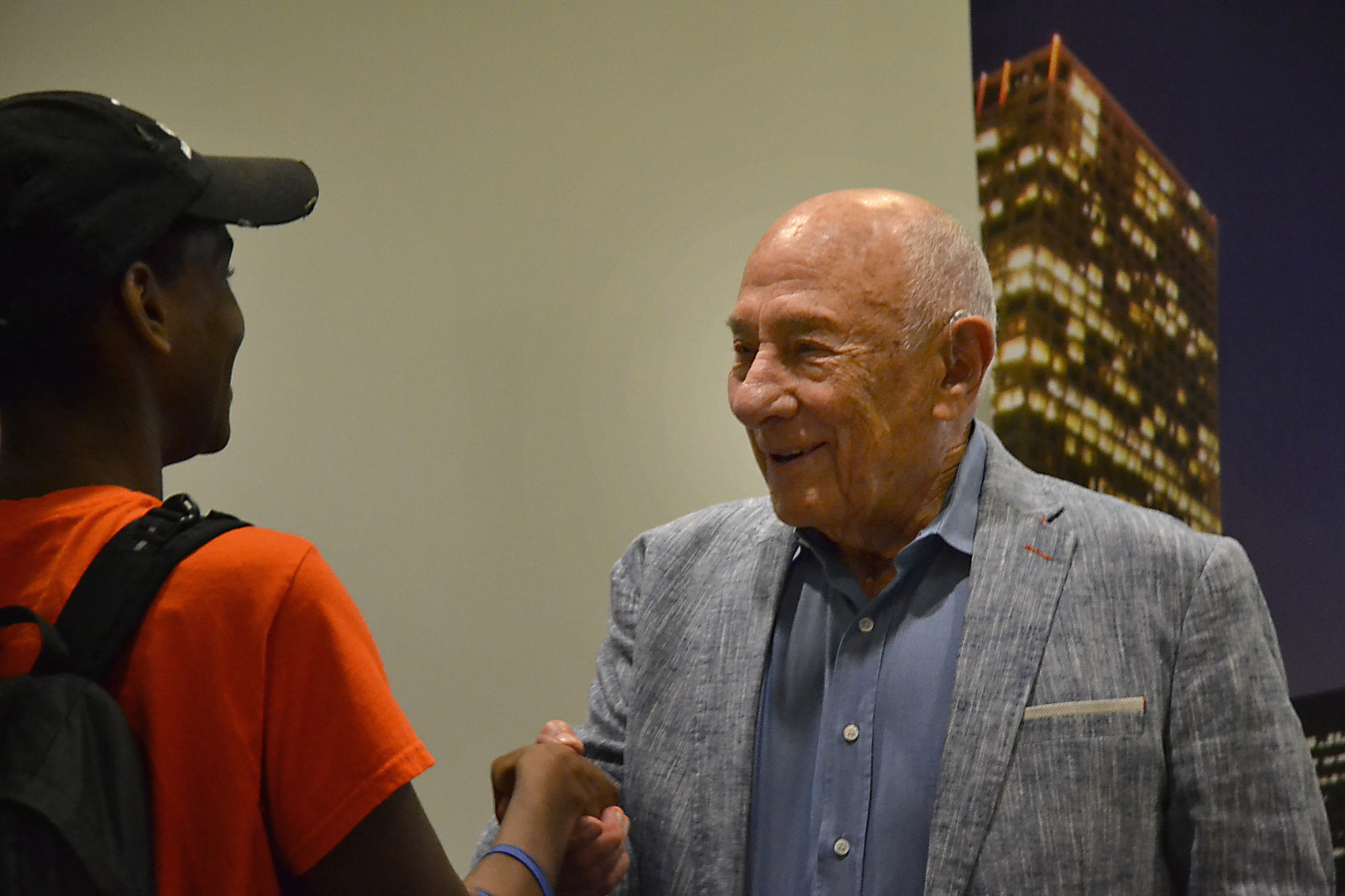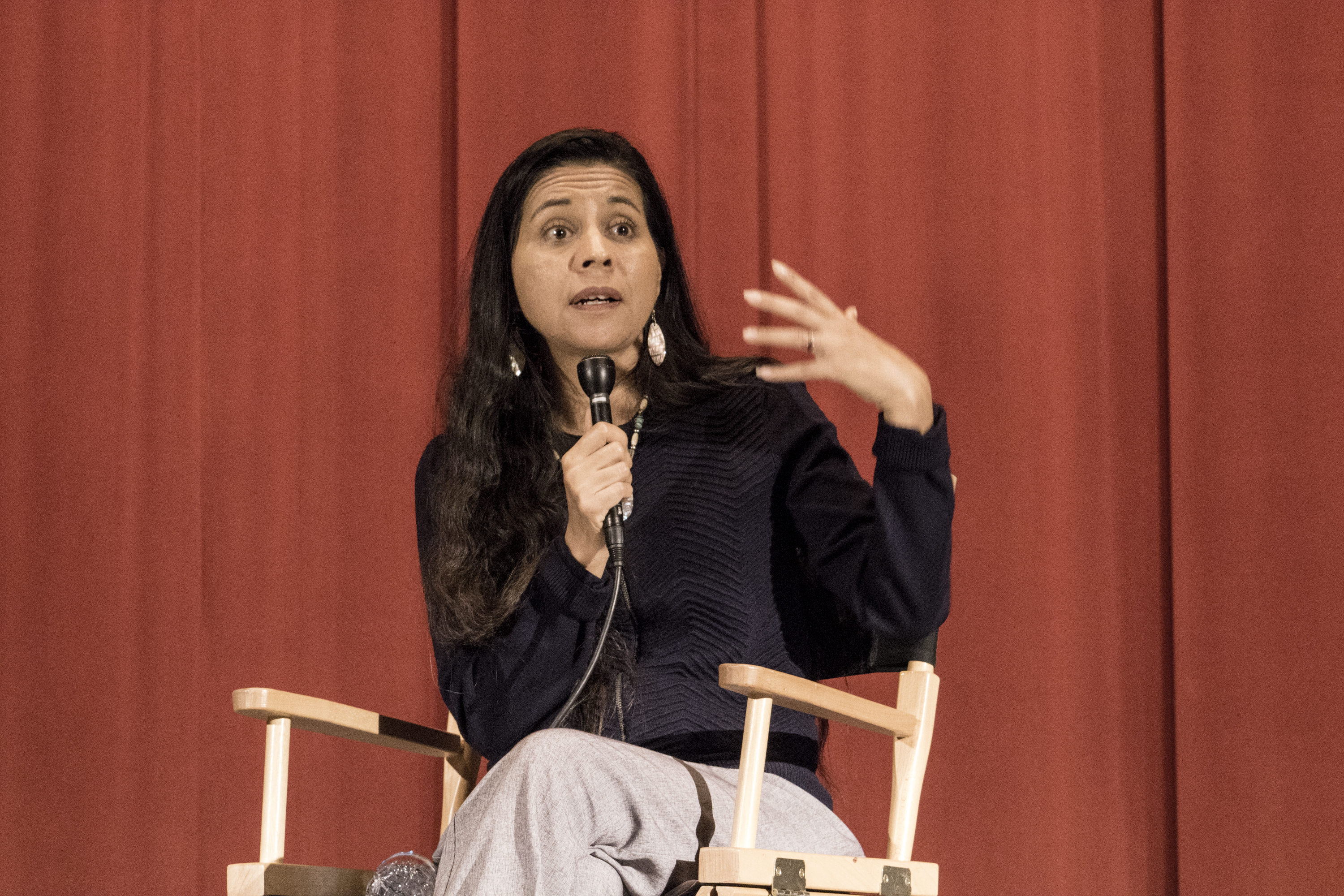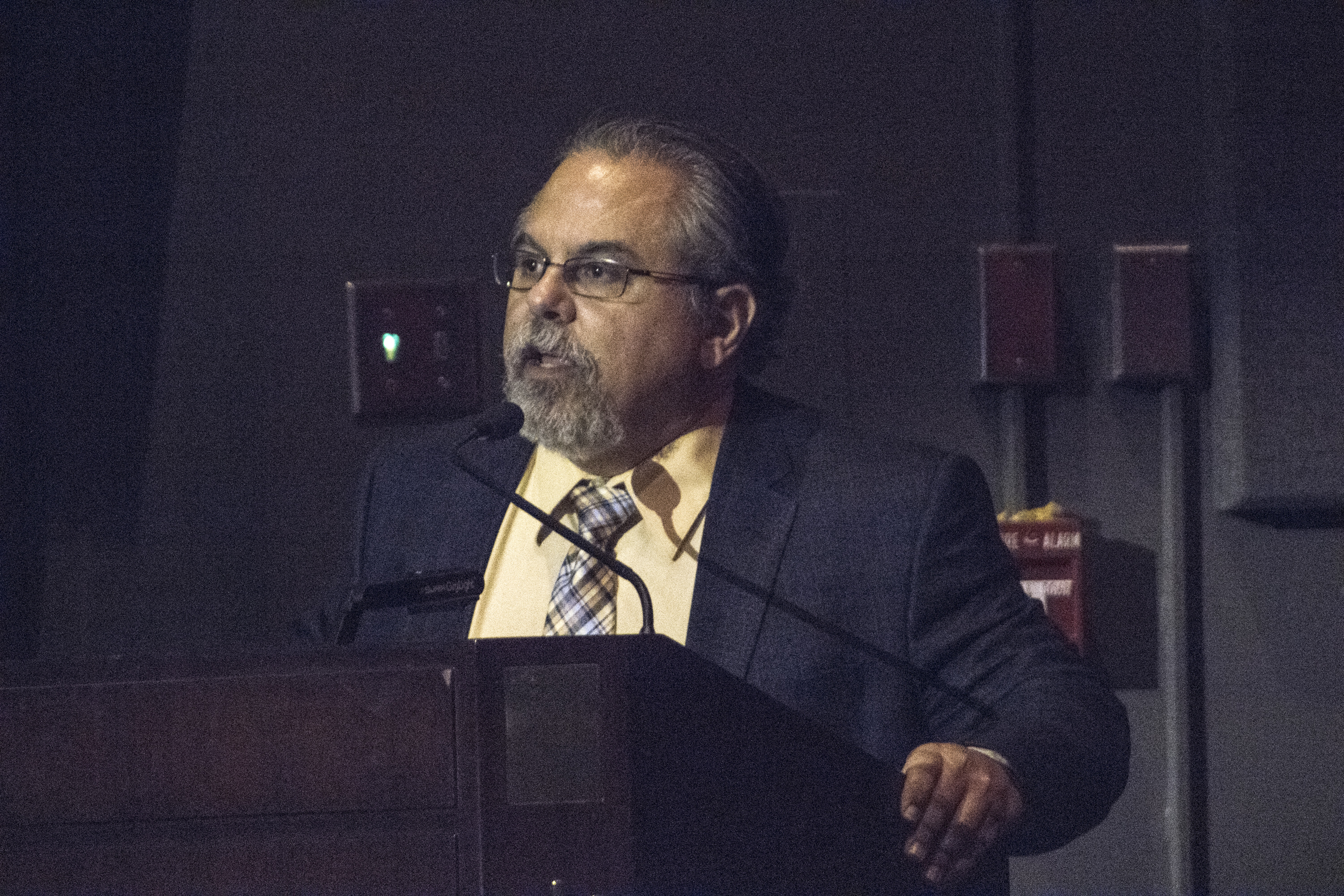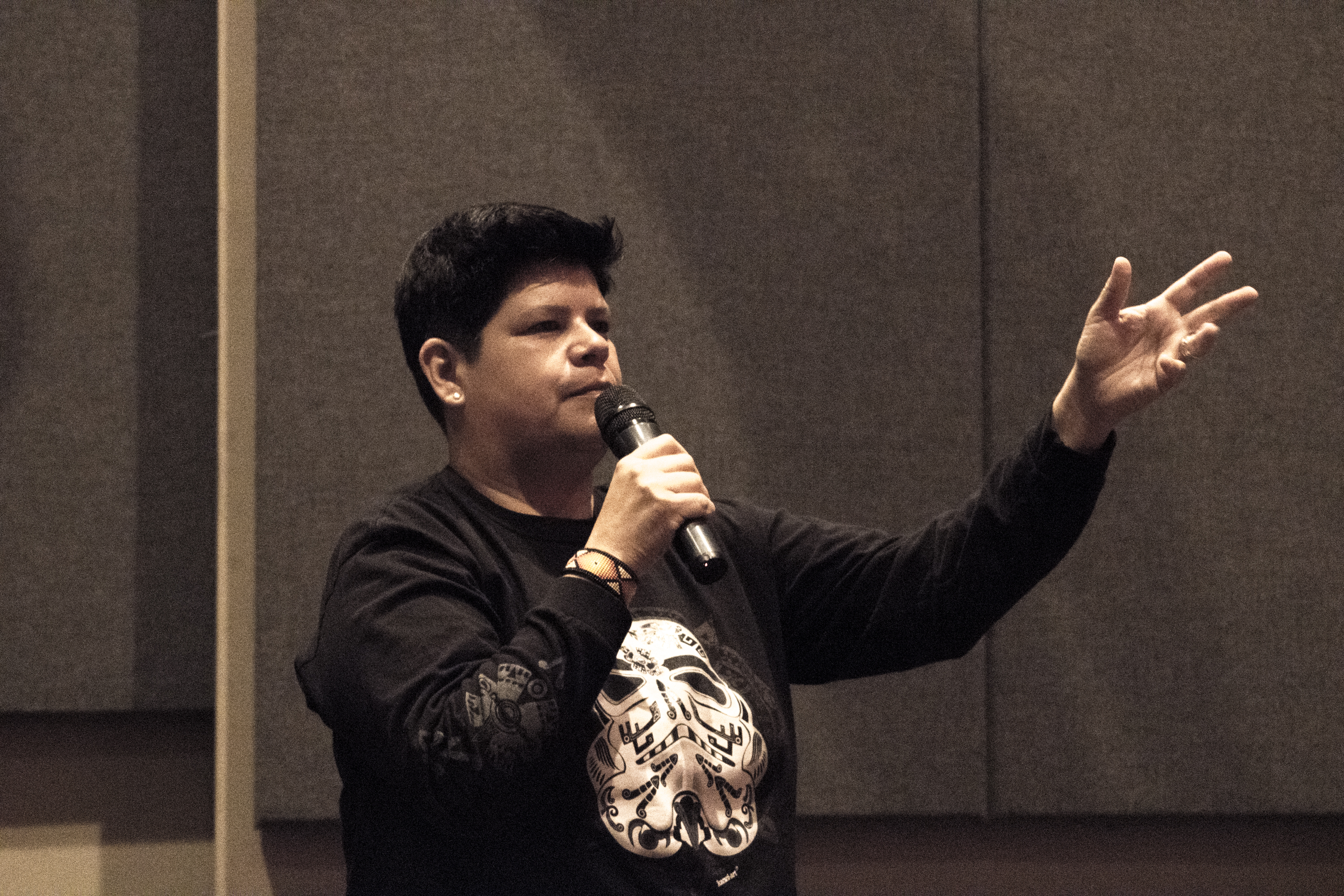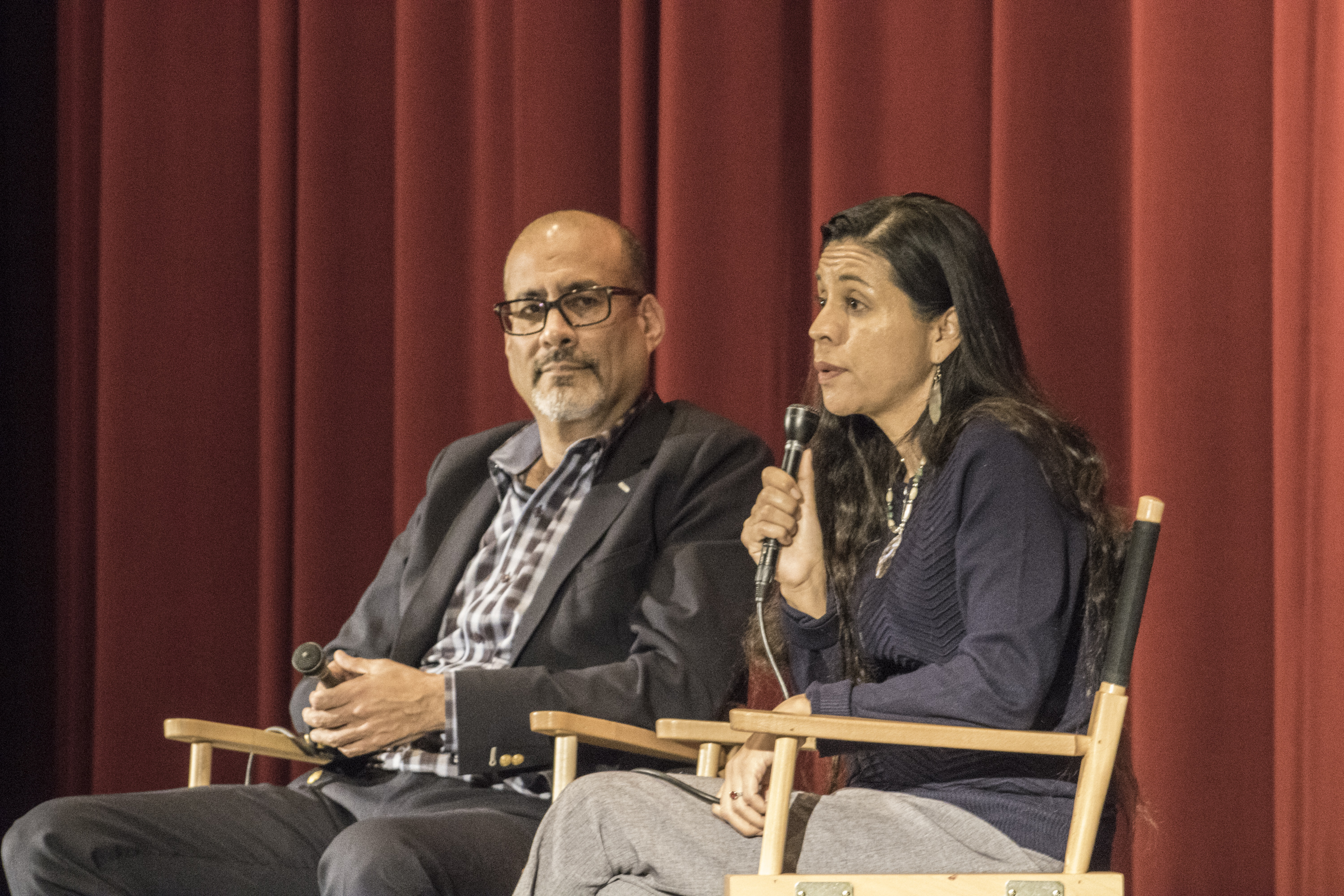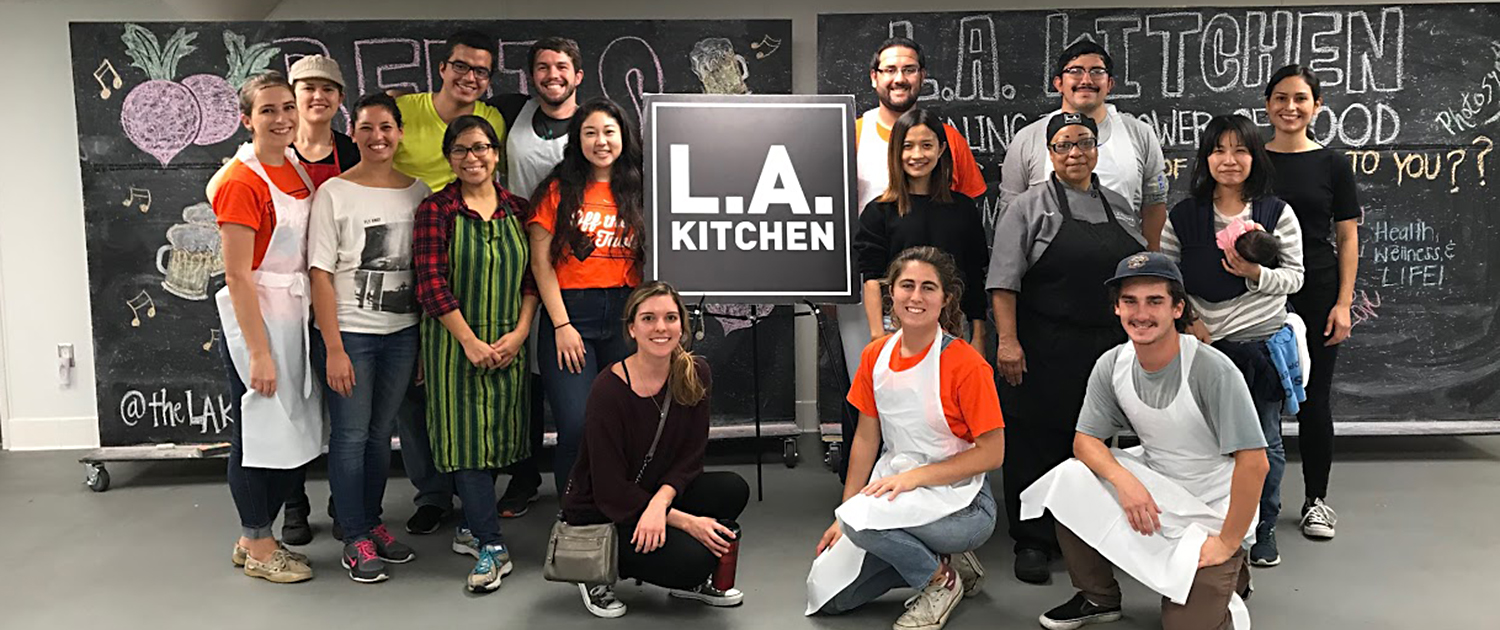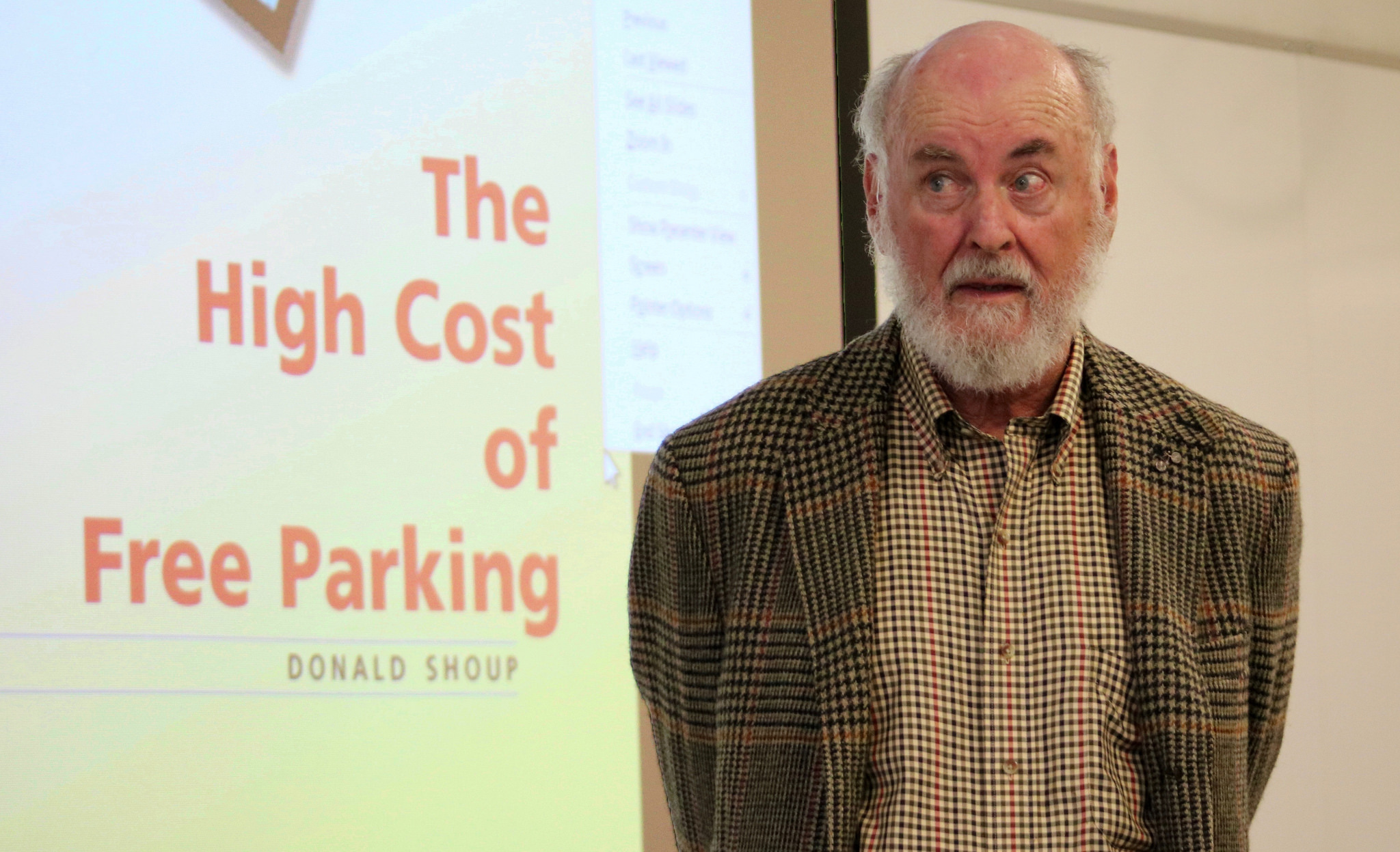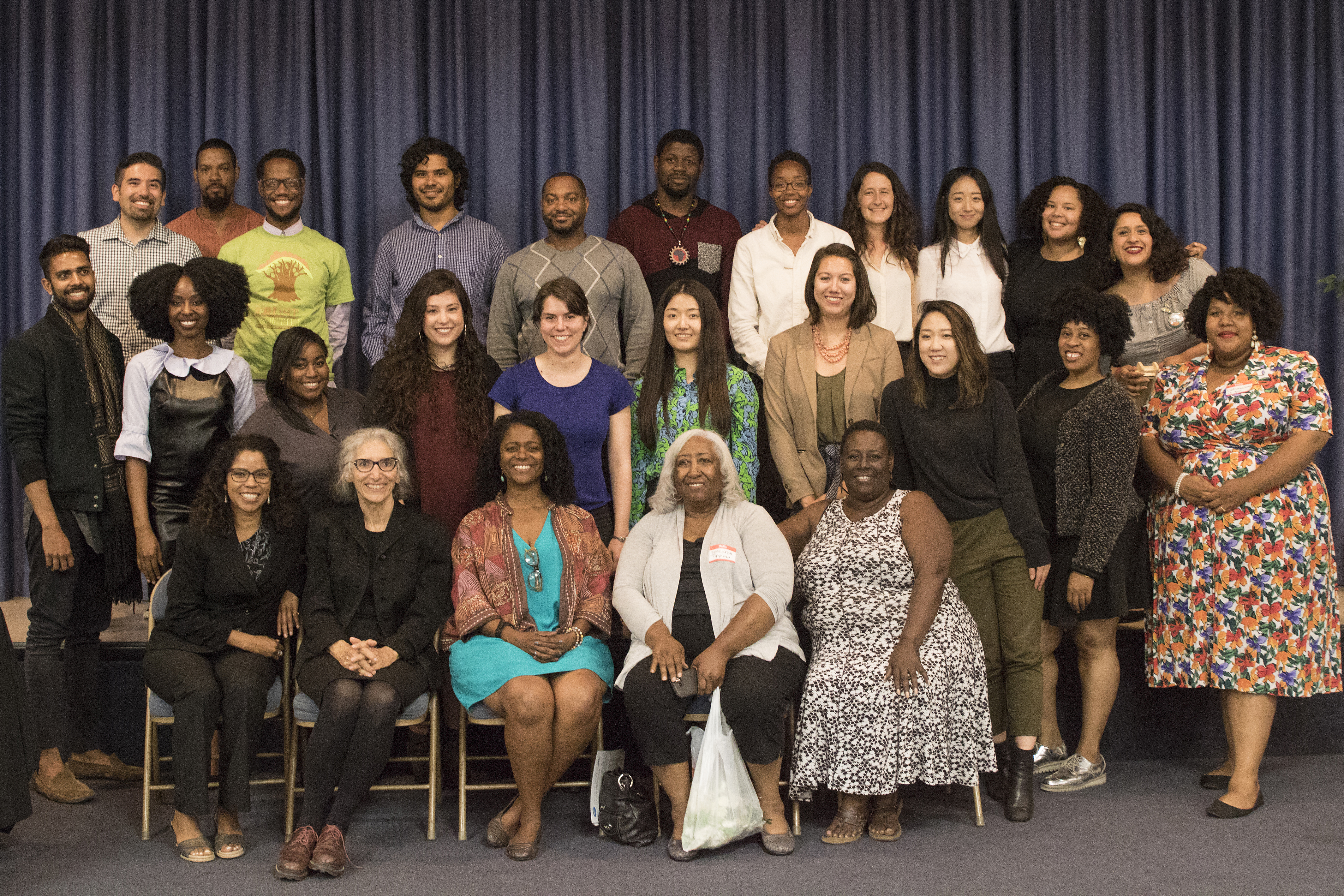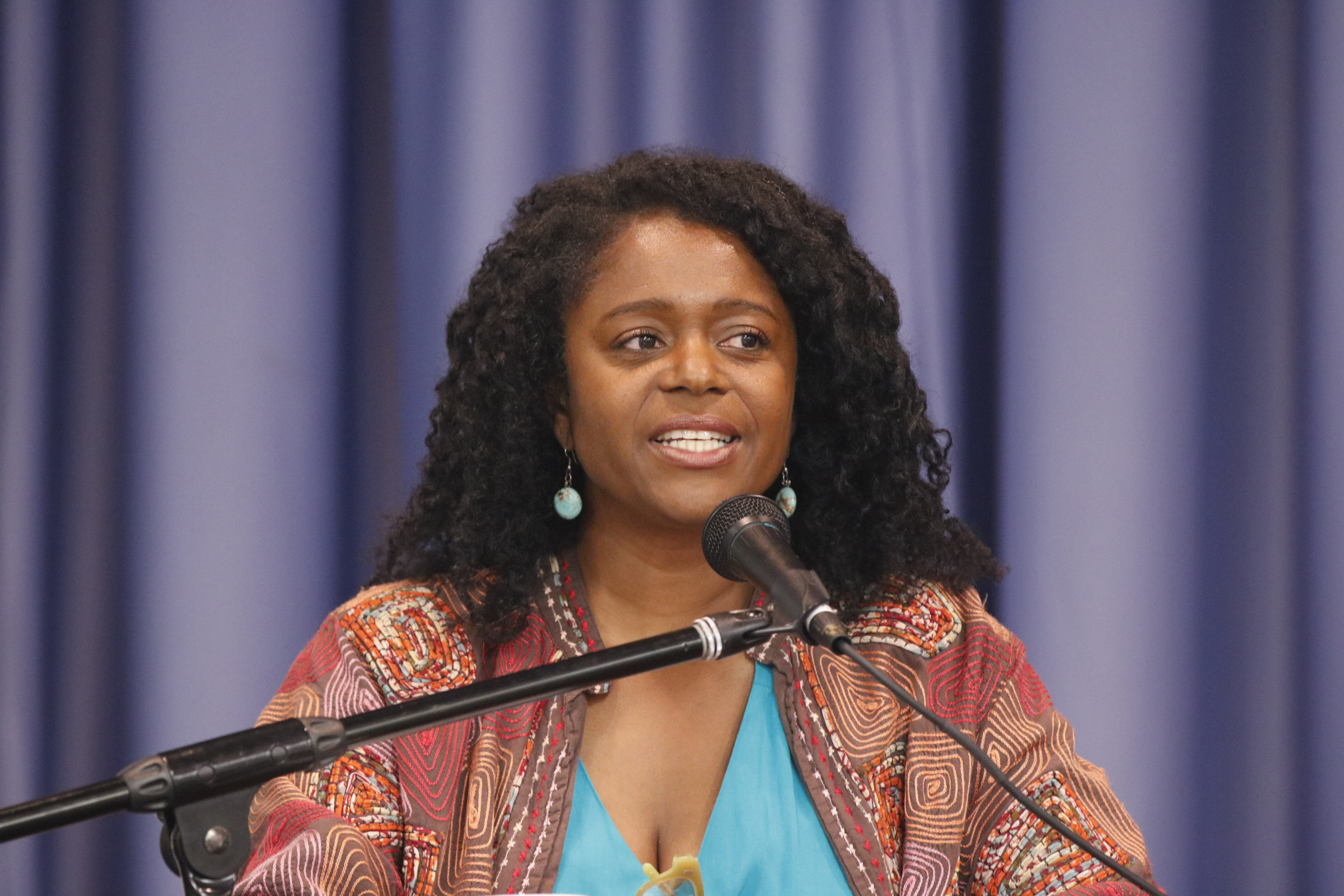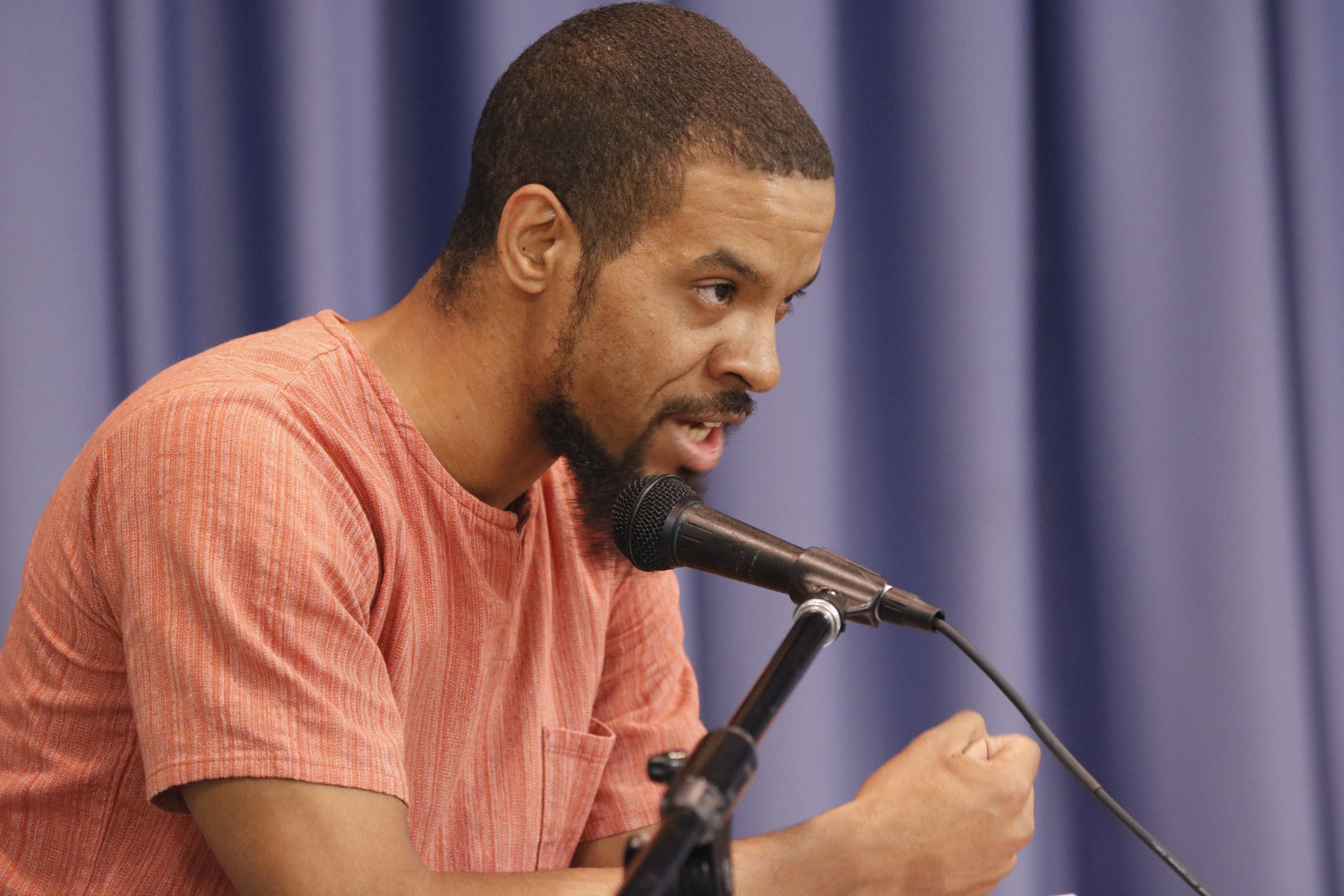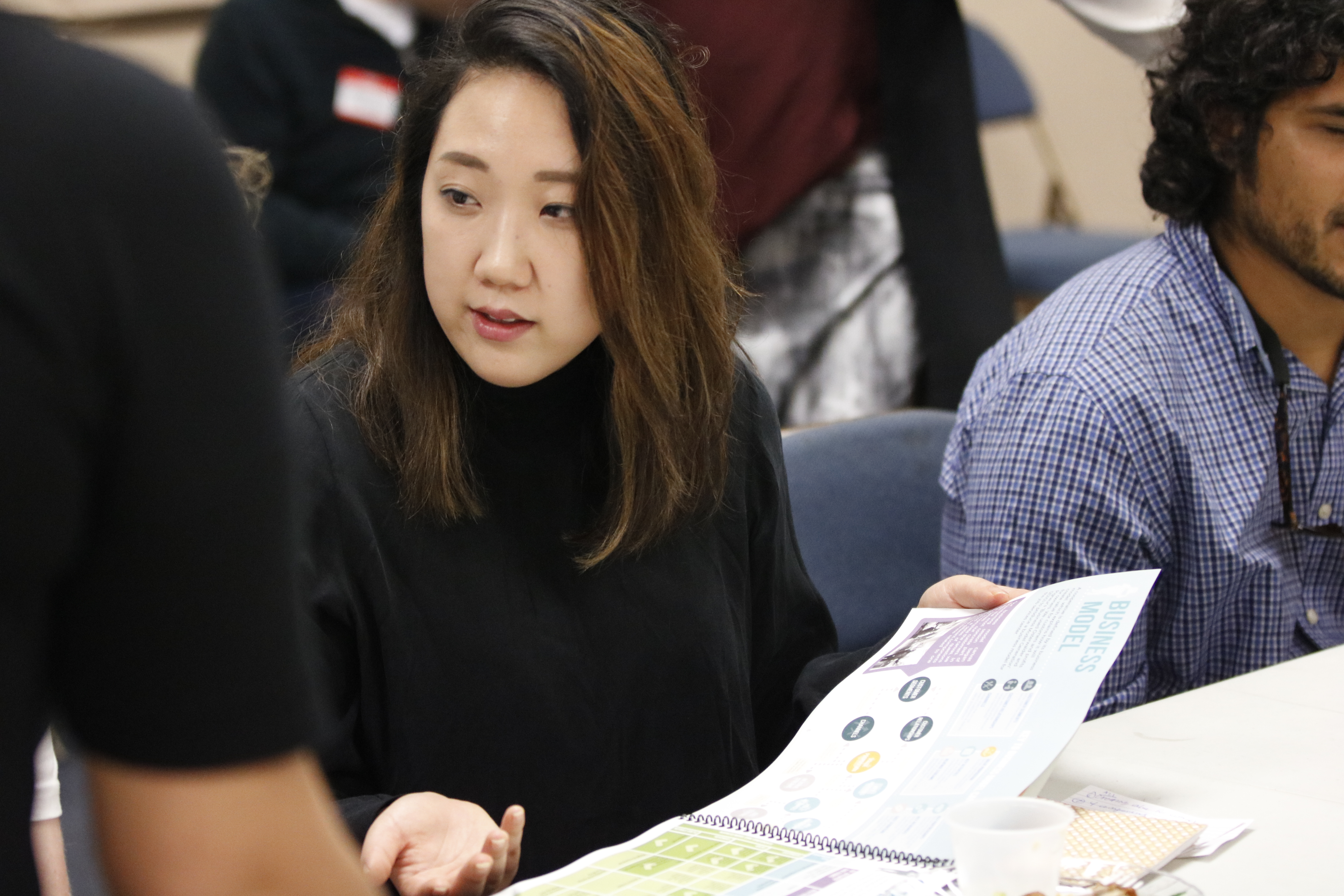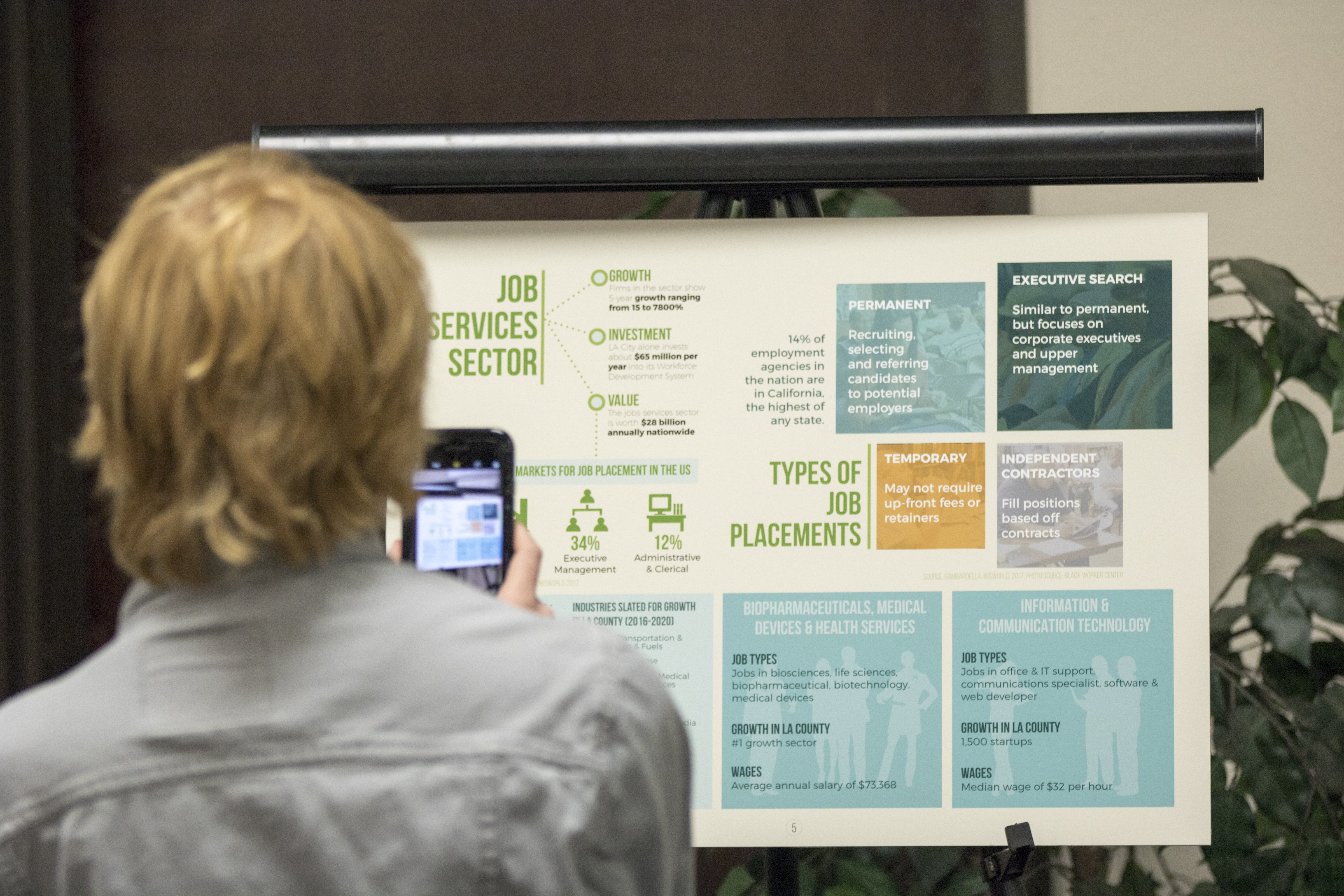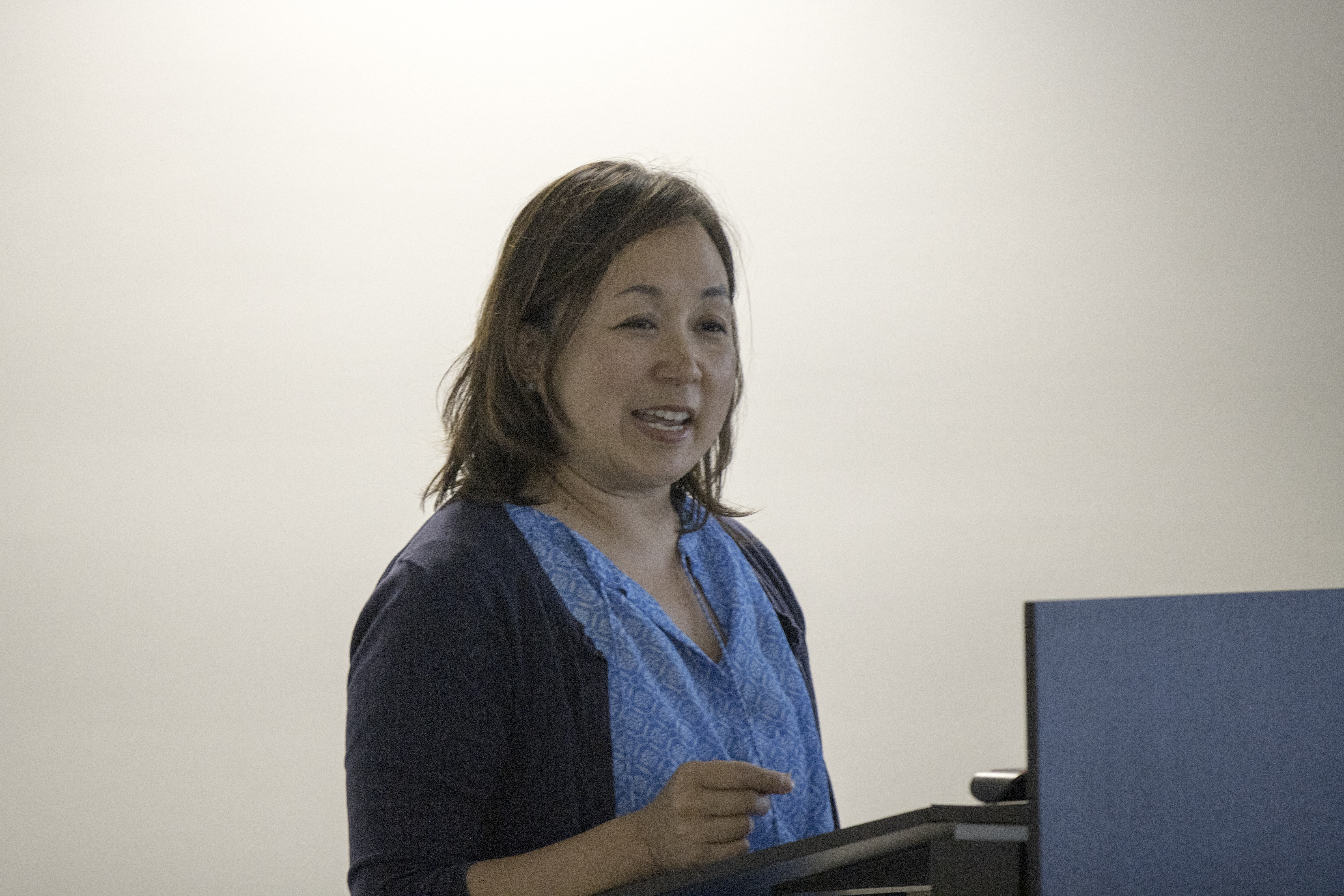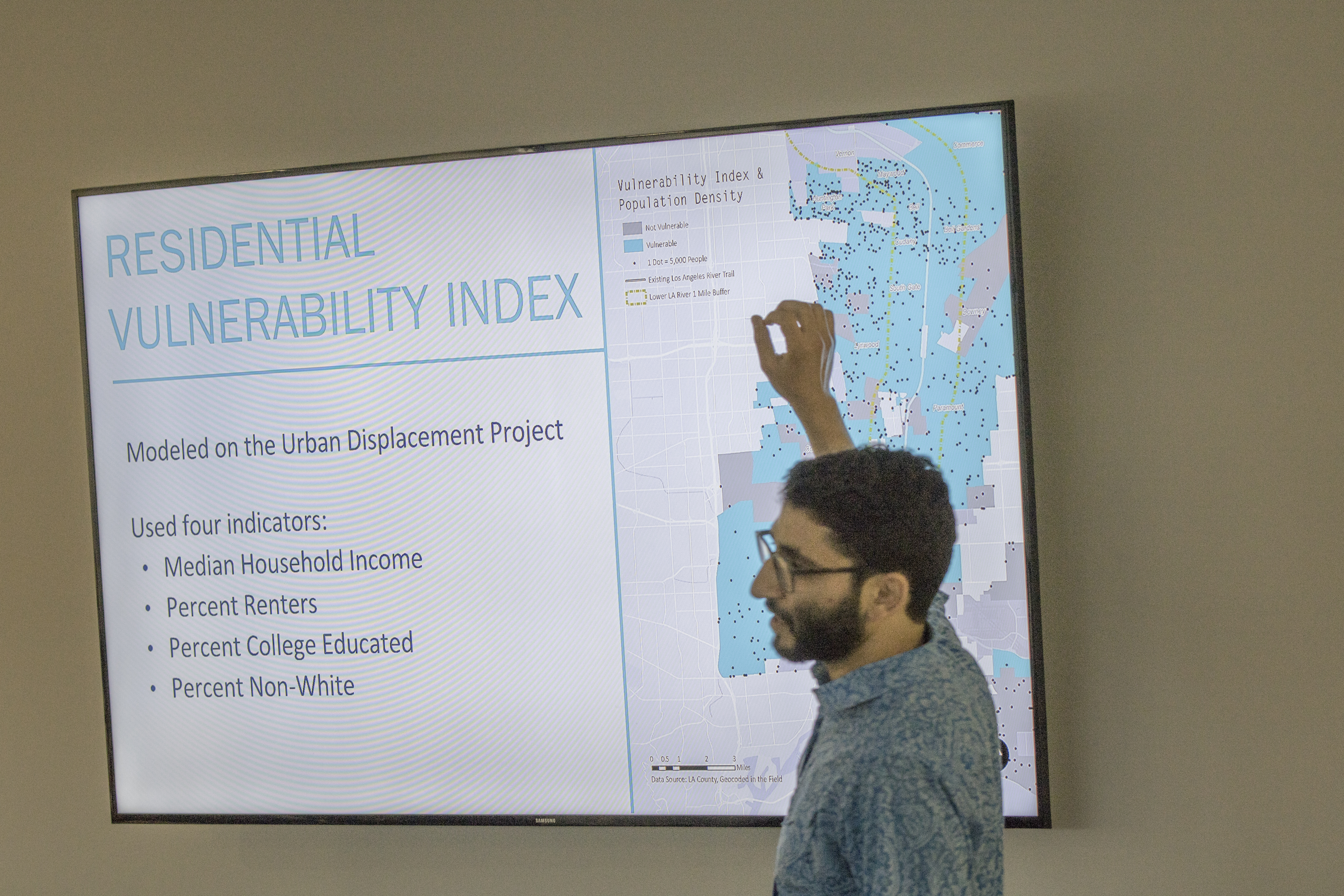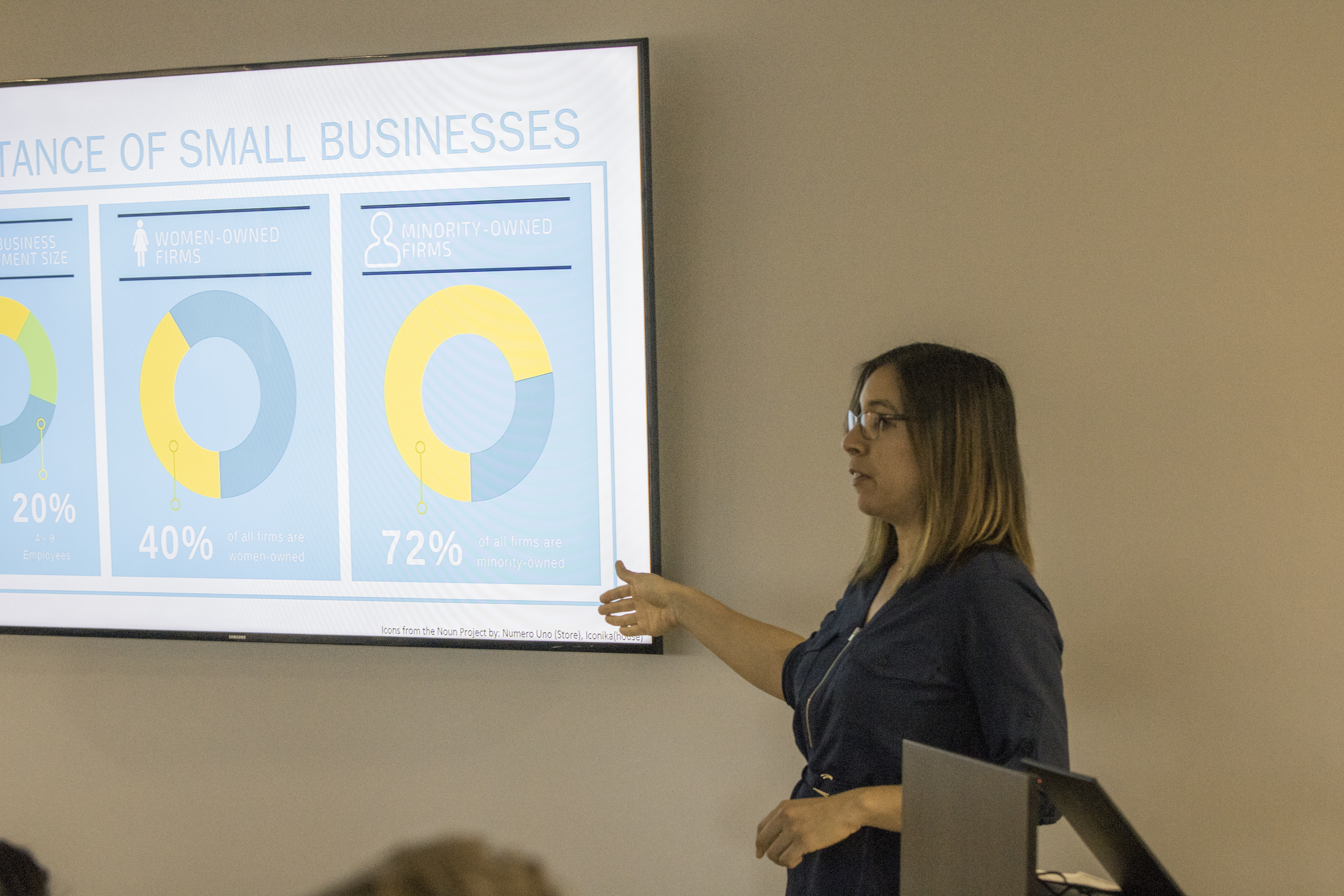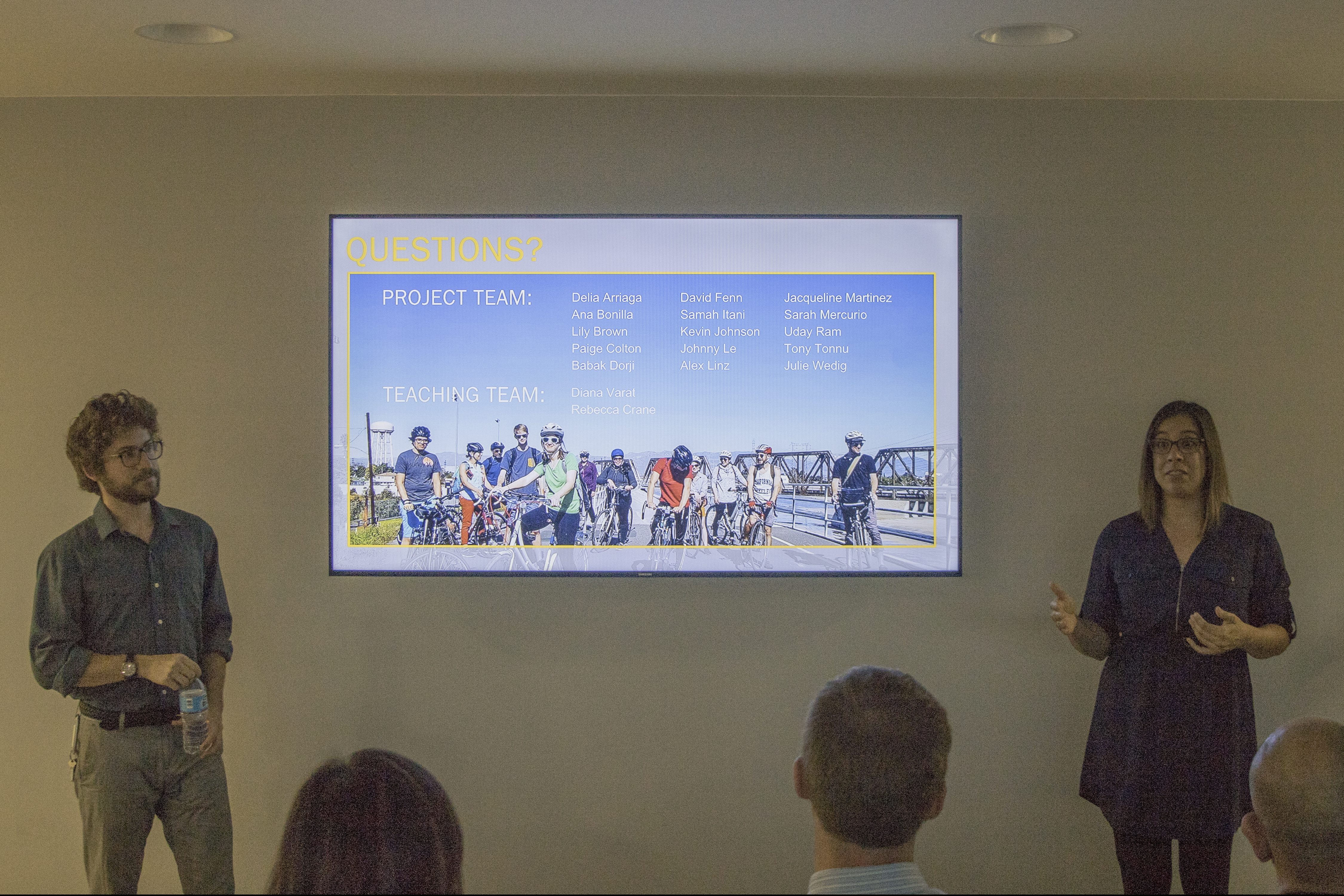Latest Updates Regarding Support for UCLA Luskin The School's education and research efforts are bolstered by support from alumni and other advisors
Each issue of the Luskin Forum magazine includes information regarding recent gifts to UCLA Luskin and the various development activities that help us maintain and strengthen our education and research. Here are highlights from the most recent issue:
Students Say Thank You to the Luskins
Last spring, recipients of a Luskin Graduate Fellowship from the UCLA Luskin School of Public Affairs met for lunch with Meyer and Renee Luskin. The students wanted to thank the Luskins for their generous support of academic endeavors. Meyer and Renee Luskin are among the school’s most generous supporters and have supported UCLA Luskin students from the school’s beginning. Students from each of the three departments are selected each year for this prestigious award.
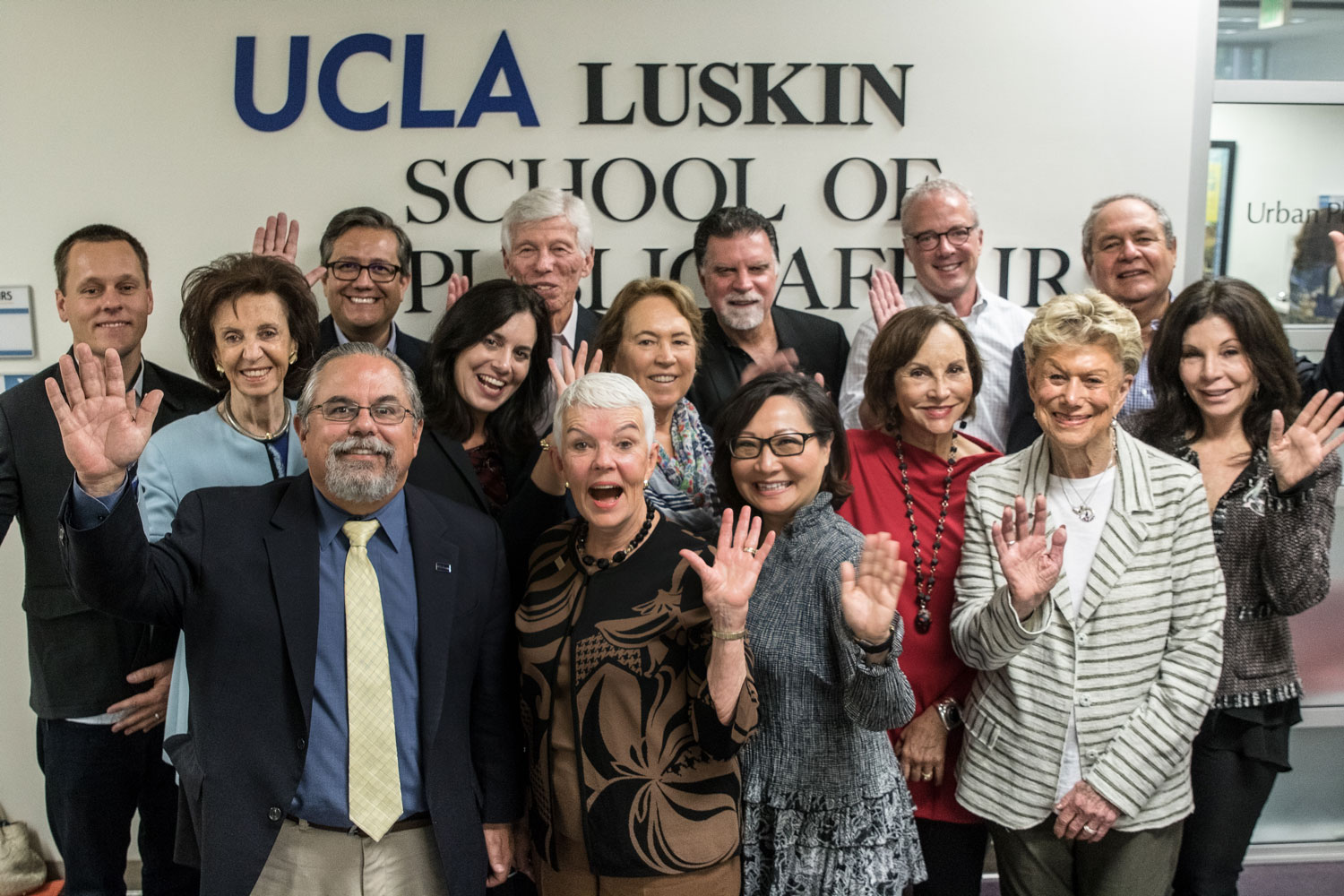
A Salute from the UCLA Luskin Board
The Board of Advisors for UCLA Luskin met Oct. 3, 2017, to discuss the school’s future with Dean Gary Segura, and to salute and say thank you to the outgoing board chair, Susan Rice. The board, made up of civic leaders, business executives and social entrepreneurs, helps shape the vision and strategic plan for the UCLA Luskin School of Public Affairs. In her final meeting as board chair, Rice was recognized for her five years of service as leader of the board. Taking over as the new board chair is Michael Fleming.
Members of the board include, back row, from left, Chuck Gatchell MPP ’05, Miguel Santana, Keenan Behrle, Michael Mahdesian, Fleming and Len Unger. Middle row, from left, Vicki Reynolds, Laura Shell, Fran Inman, Karen Hill Scott, Annette Shapiro and Jill Black Zalben. Front row, from left, Dean Segura, Rice and Marcia Choo.
Board members not pictured are Michael Dukakis, David Fisher, Gadi Kaufmann, Joanne Kozberg, Randall Lewis, Meyer Luskin, Dan Maldonado, George Pla, Jeff Seymour and Steve Soboroff.
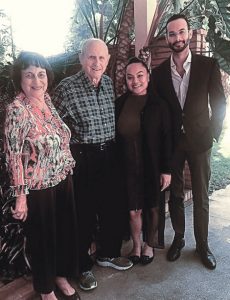
From left, Sherrie Schlom, Dick Lewis, the 2016-17 Kathleen Lewis Family fellow Ummra Hang, and Ricardo Quintero, UCLA Luskin’s director of development.
Lewis Family Fellowship Honors Outstanding MSW Student
The Kathleen Lewis Family Fellowship was established in 2013 to support Master of Social Welfare (MSW) students in memory of Kathleen “Kathy” Lewis MSW ’60. Dick Lewis, Kathy’s husband of 54 years, and their two daughters, Carol Gullstad Lewis and Susan Lewis, created the fellowship to honor Kathy Lewis’s memory and her legacy as a social worker who was dedicated to community and political issues.
As the first in her family to graduate from college, Kathy Lewis overcame significant family challenges, which helped lead her to a career in social work. Her family believes there is no better way to ensure her memory is carried on by future generations of social workers who are passionate about helping others.
The 2016-17 Kathleen Lewis Family fellow was Ummra Hang, who received her MSW degree last June.
Hang chose UCLA Luskin because of her desire to be an impactful change agent. She is dedicated to working with the juvenile justice population and those who have been impacted by the commercial sexual exploitation of children (CSEC).
A survivor of sexual exploitation herself, Hang became more involved with CSEC research and empowering youth through shared knowledge of trauma and healing that is possible through higher education. Her research involved working on the CSEC research team and hosting a conference that highlighted survivors and services to assist the population and their healing.
Hang was a part of the Justice Workgroup, as well as the Formerly Incarcerated Externship, where she researched policies and pathways and advocated for the formerly and currently incarcerated so they too could heal and combat the cradle-to-prison pipeline.
Hang had extensive internship experience while at UCLA Luskin. She was an Education and Workforce Development Intern for the Los Angeles Area Chamber of Commerce, where she researched and wrote grants for program development. She also researched and wrote a report on the school-to-prison pipeline and compiled research to help the Chamber become more equitable.
She also collected data and created a collaborative model, assisted in organizing youth educational events, and worked with the Smart Justice team to expand program development for formerly incarcerated youth.
Match Program Boosts Endowed Scholarship Gifts to UCLA Luskin
UCLA Luskin School of Public Affairs is pleased to announce an exceptional opportunity for friends and alumni of the school to expand the impact of their gifts.
UCLA Chancellor Gene Block has created the Chancellor’s Centennial Scholars Match program. Through June 30, 2018 — or until matching funds are exhausted — the UCLA Chancellor’s Centennial Scholars Match program will add 50 percent to the value of all qualifying gifts for endowed scholarships. With the Chancellor’s Match, a $250,000 gift automatically becomes $375,000 to support high-achieving Luskin students. A $1 million scholarship gift automatically becomes $1.5 million.
“Endowed scholarships are vital for our students and the school,” said Ricardo Quintero, director of development at the UCLA Luskin School of Public Affairs. “They attract diverse and talented applicants who want to take advantage of the rich education we offer in the fields of social work, urban planning, and policymaking. They also help the School to provide the access and excellence that are our hallmarks as one of the top public affairs schools in the country. In addition, endowed gifts remain intact in perpetuity, giving donors a permanent legacy at the School.”
HOW THE CHANCELLOR’S CENTENNIAL SCHOLARSHIP MATCH WORKS:
Qualifying gifts of $250,000 to $1 million will be matched at 50 percent. Gifts eligible for matching funds must support new or existing endowments that are specifically designated to support scholarships at UCLA Luskin. Cash gifts and pledges will be matched. Corporate matching gifts and planned gifts are not eligible. Pledges are payable over a maximum of five years. The Chancellor’s Centennial Scholarship Match is part of the Centennial Campaign for UCLA — a seven-year, $4.2 billion effort to prepare UCLA for a second century of leadership as one of the greatest public universities in the world — and it will help strengthen UCLA Luskin for decades to come.
For more information, contact Ricardo Quintero at (310) 206-7949, or by email at rquintero@luskin.ucla.edu
